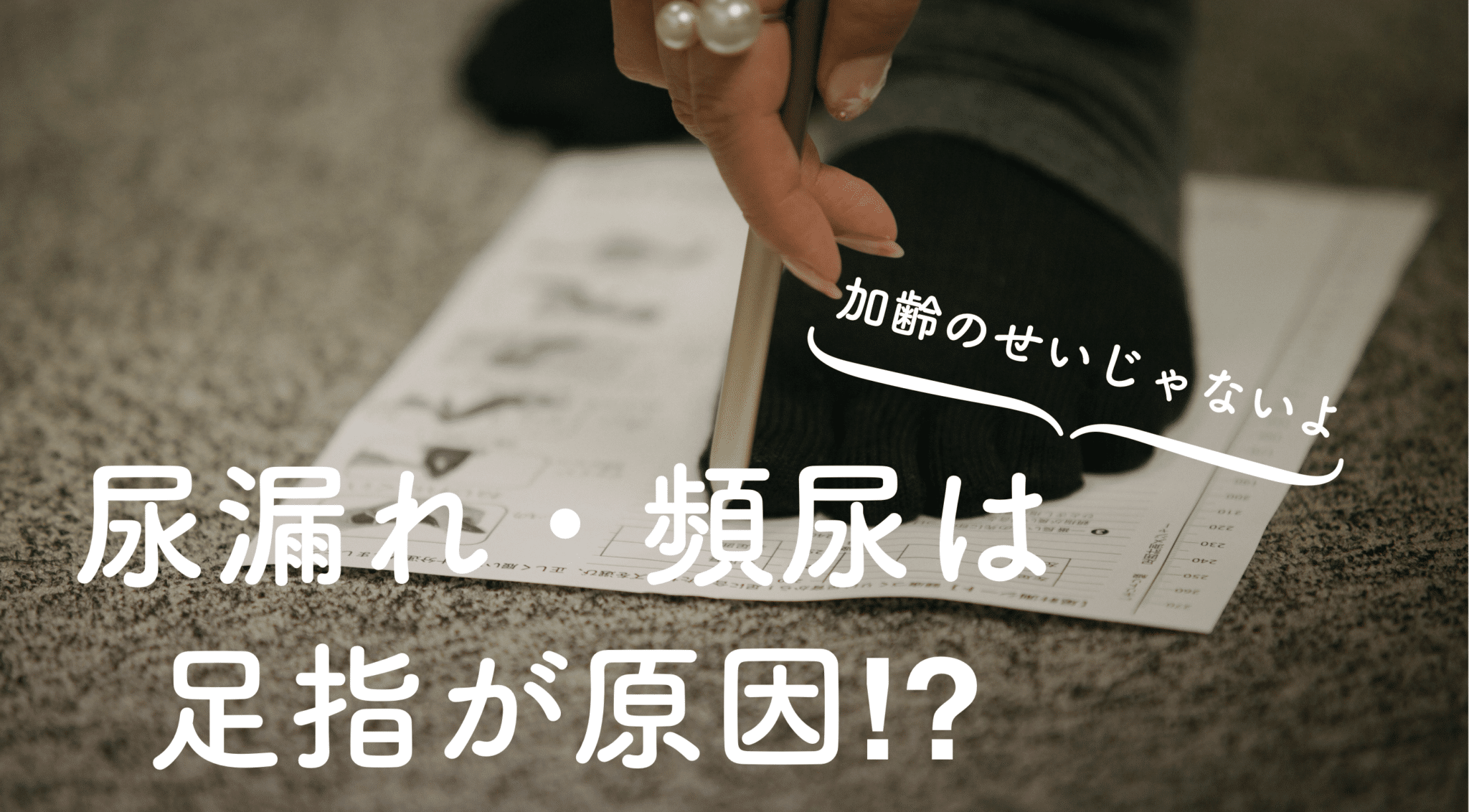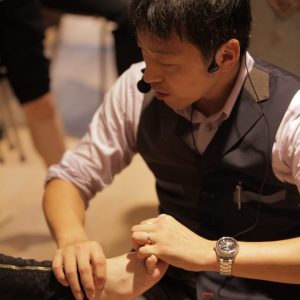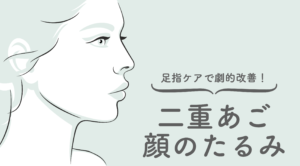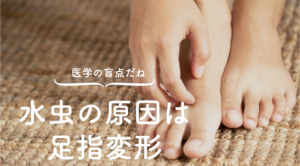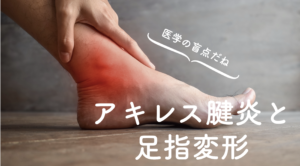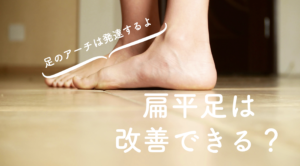Commentary by a toe doctor

YOSHIRO YUASA
Keiro Yuasa
Physical Therapist, Doctor of Toes, Director of Toe Research Institute, President of the Japanese Society of Functional Foot and Toe Therapy, and developer of Halmek shoes. Former director, vice president, and medical director of General Hospital. His specialties are exercise physiology and anatomy. He is also a foot and shoe specialist and a leading expert in postural occlusion therapy. He has cured various orthopedic diseases (over 70,000 people) with toe therapy alone.
Introduction.
About half of women in their 40s and older experience urine leakage. On the other hand, despite practicing pelvic floor muscle training, which is considered an effective measure, there are cases where no or little effect is seen.
The causes of urine leakage (urinary incontinence) are many and varied and depend on the individual situation. It is not simply a matter of strengthening the muscles to solve the problem. This section describes the mechanism by which toe deformities affect the anterior and posterior tilting of the pelvis, resulting in tension in the pelvic floor muscles and loosening of the muscles, which can lead to leakage of urine.
We hope this article will be read by those who have urinary leakage or frequent urination, or those who do not see any effect from pelvic floor muscle training. We will also discuss the importance of incorporating "YOSHIRO SOCKS" and "Hironoba Exercises" as a countermeasure.
What are pelvic floor muscles?
Many people from all over the country visit my salon, saying, "I have urinary leakage symptoms, but pelvic floor muscle training has not been effective. About 80% of the visitors are women in their 30s to 50s. Most of them are having trouble feeling the effects of pelvic floor muscle training, even though they have been practicing it. One of the reasons is,Pelvic floor muscles do not function properly due to poor postureThis is to be done. First, it is important to improve the toe deformity and restore correct posture. This will make it easier for the pelvic floor muscles to function as they should and increase the effectiveness of training.
Let us begin by understanding where the pelvic floor muscles are located. The pelvic floor musculature is composed of several muscles located in the pelvic floor. All of the major muscles and their starts and stops are listed below.
Kegel muscle
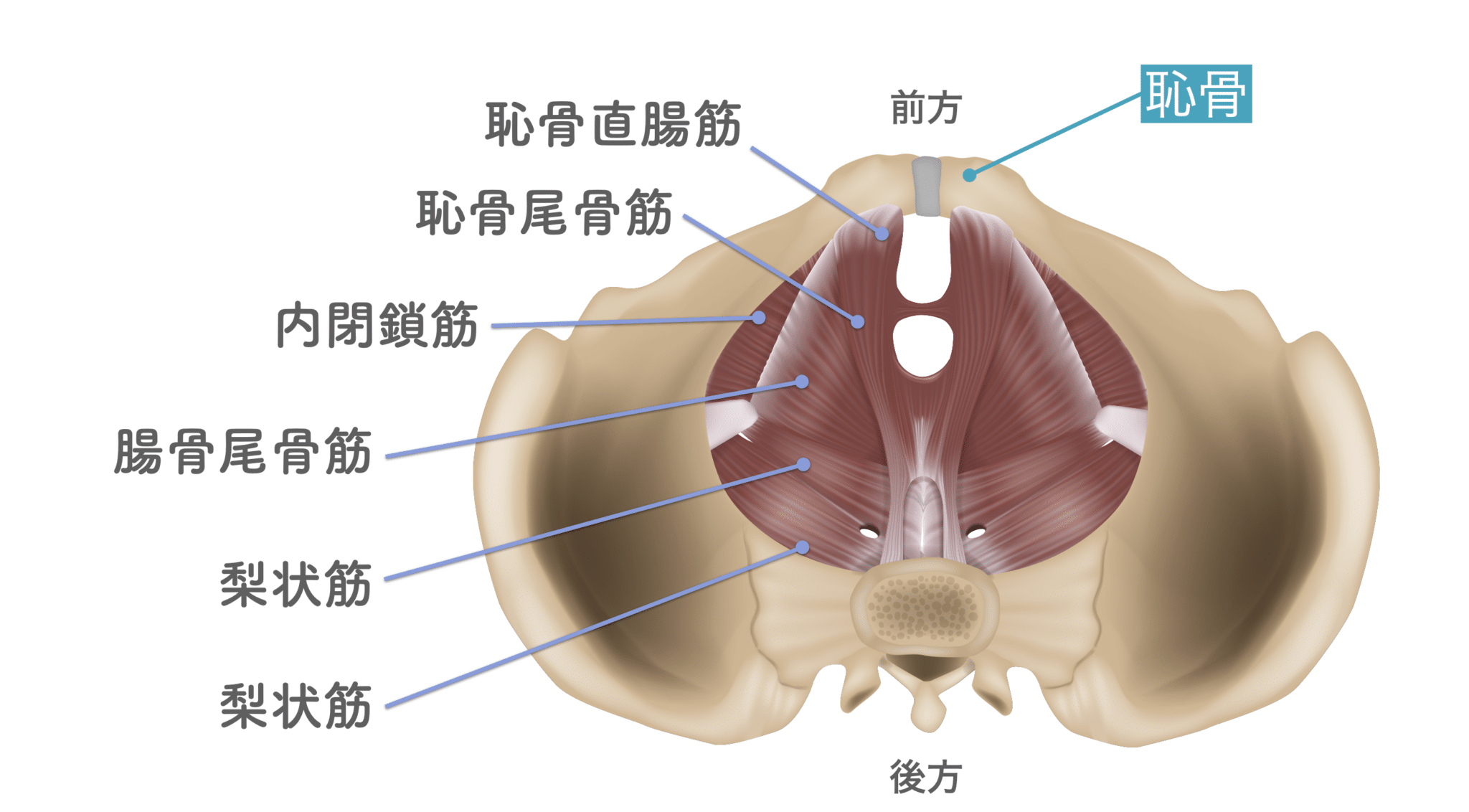
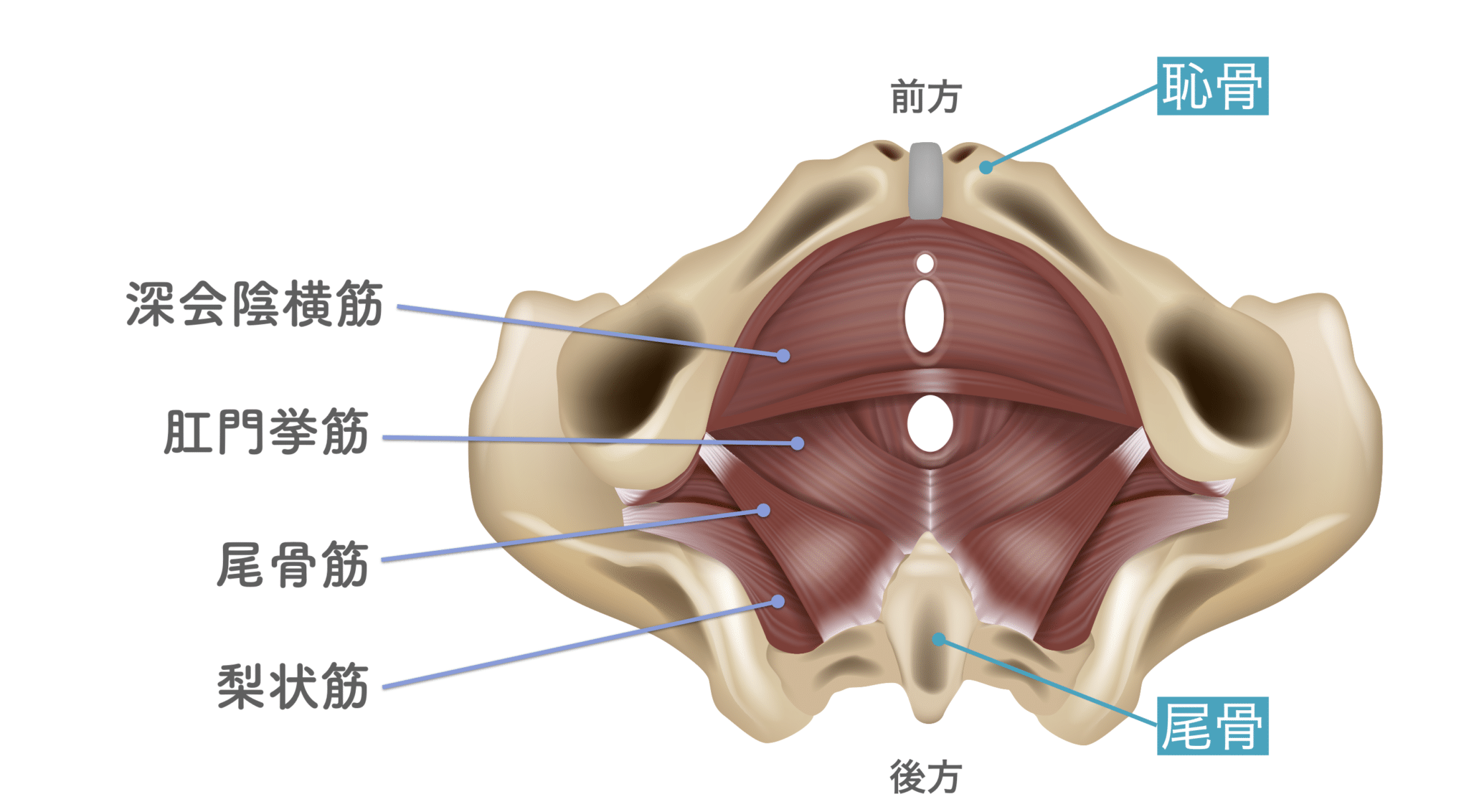
- Pubococcygeus pubis muscle
- beginningShy Bone : Shy Bone
- suspension of music, dance, etc. as a sign of mourning: tailbonePerianal fascia
- Iliococcygeus
- beginningTendon arch (medial surface of iliac crest)
- suspension of music, dance, etc. as a sign of mourning: tailbone
- Puborectalis pubis muscle
- beginningShy Bone : Shy Bone
- suspension of music, dance, etc. as a sign of mourning: Rectum (surrounding the anus)
- beginningSciatic spine
- suspension of music, dance, etc. as a sign of mourning: tailboneLower sacral bone
- Deep Transverse Perineal Muscle
- beginningSciatic bone : Sciatic bone
- suspension of music, dance, etc. as a sign of mourningCentral Tendon
- Transverse perineal muscle of shallow perineum (Supe)
- beginningSciatic bone : Sciatic bone
- suspension of music, dance, etc. as a sign of mourningCentral Tendon
Together, these muscles form the pelvic floor, which plays an important role in excretion, sexual function, and organ positioning. What you should see here,The fact that the start and stop (where the muscles attach) are located on the "tailbone".It is. See the figure below.
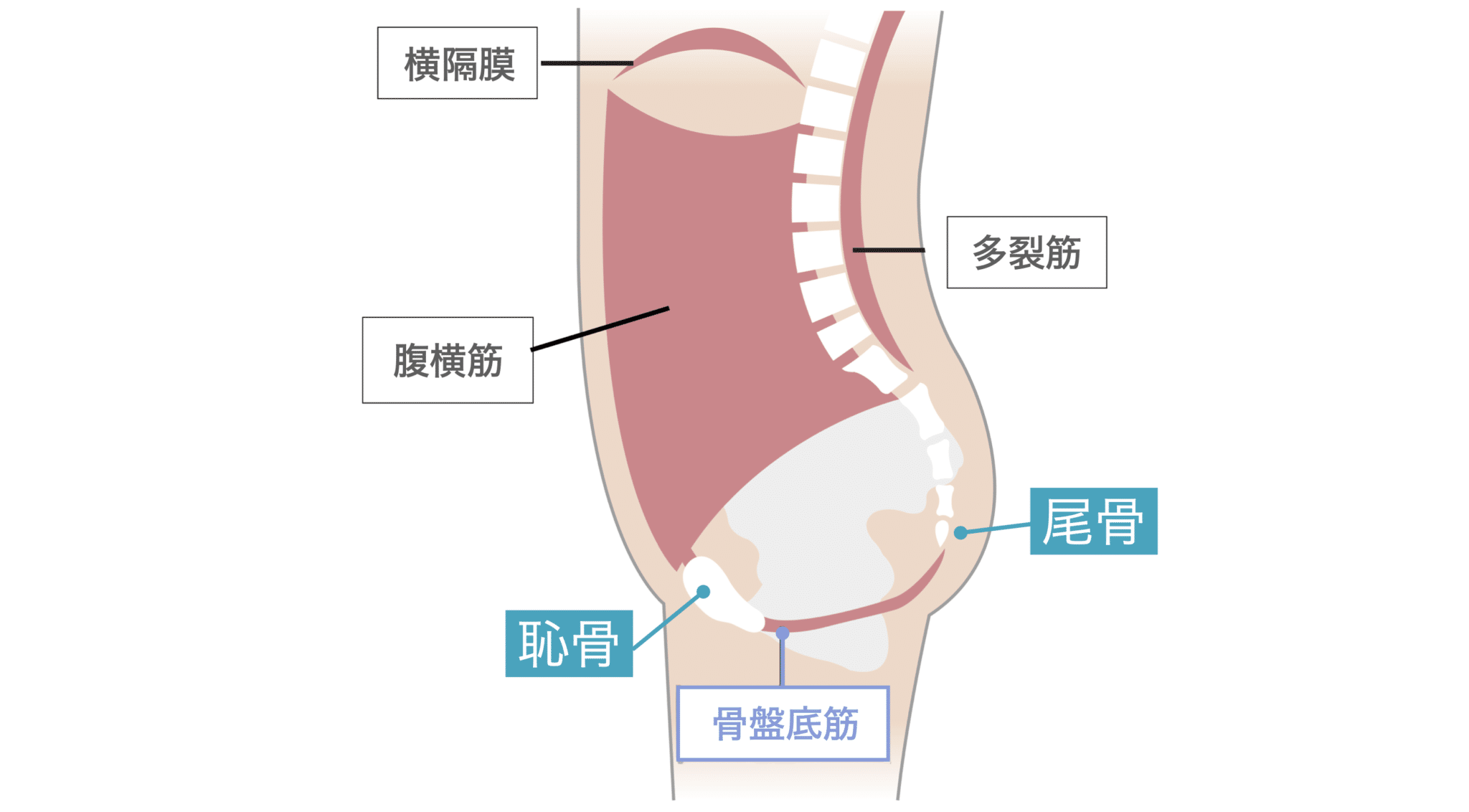
The pelvic floor muscles extend from the pubic bone to the tailbone when viewed from directly across. Although each muscle is actually independent of the other, the muscles are interlocked with each other because of the "central tendon" through which they pass. Therefore, when the tailbone moves back and forth, the muscles are stretched and loosened in tandem.
Relationship between toe deformity and pelvic floor muscles
A brief description is as follows.
Anterior/posterior pelvic tilt
When the toes are deformed, balance during walking and standing is compromised and overall posture is affected. In particular, the pelvis tends to tilt forward (pelvis tilts forward) or backward (pelvis tilts backward).
(i)forward inclination (tilt)the pelvic floor muscles are overstretched and have difficulty contracting properly.
(2)backward lean outcan cause the pelvic floor muscles to become loose, which also prevents proper contraction.
Pelvic floor muscle dysfunction
The pelvic floor muscles support the pelvic organs and regulate the opening and closing of the urethra and anus. When posture is compromised due to toe deformity, the function of these muscles is also compromised, making urinary leakage more likely to occur.
Toe deformity and overall body balance
I would like to explain in detail the mechanism by which toe deformity affects the anterior and posterior tilting of the pelvis. If you find this tedious,Summary."Please skip to the
Role of the toes
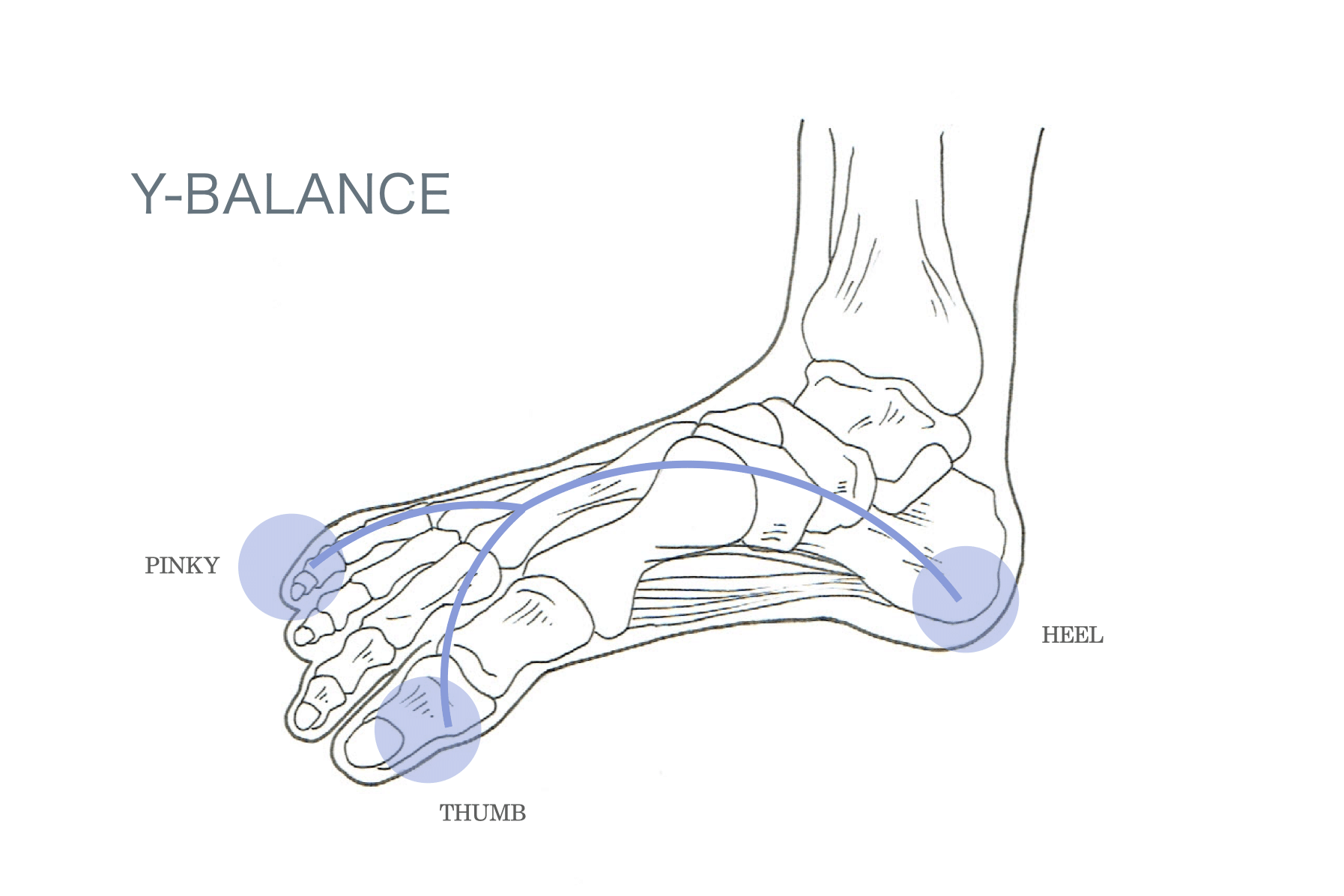
The toes play an important role in maintaining body balance. Particularly during walking and standing, the toes support body weight through contact with the ground and provide feedback for maintaining proper posture.
Toe deformity
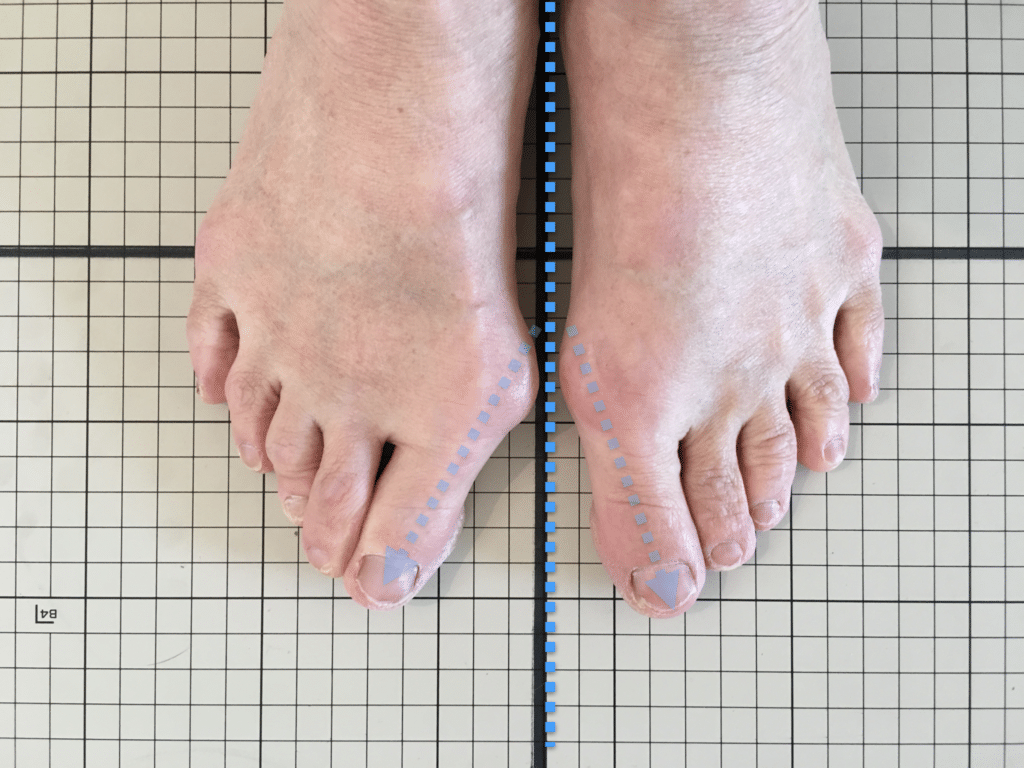
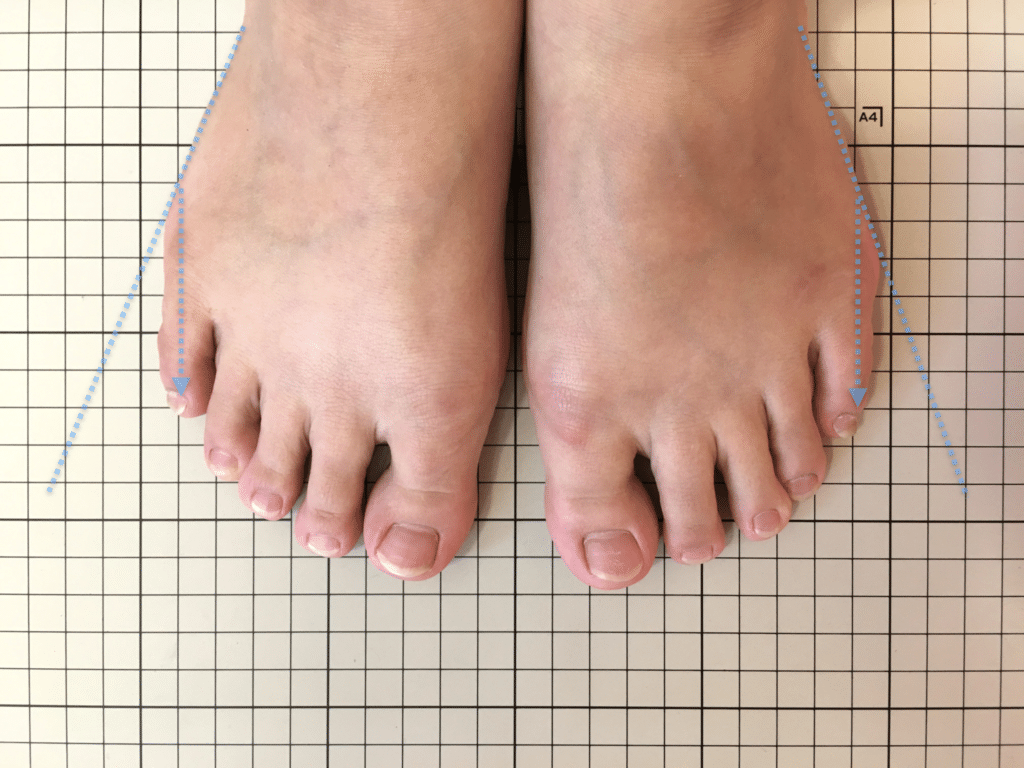
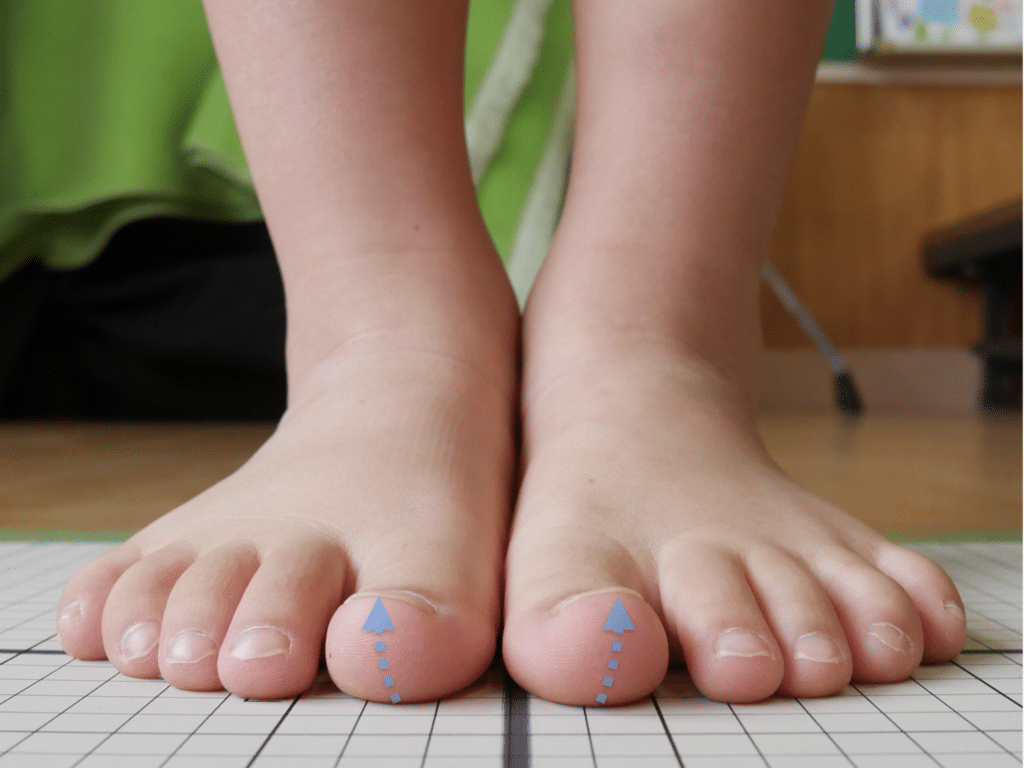
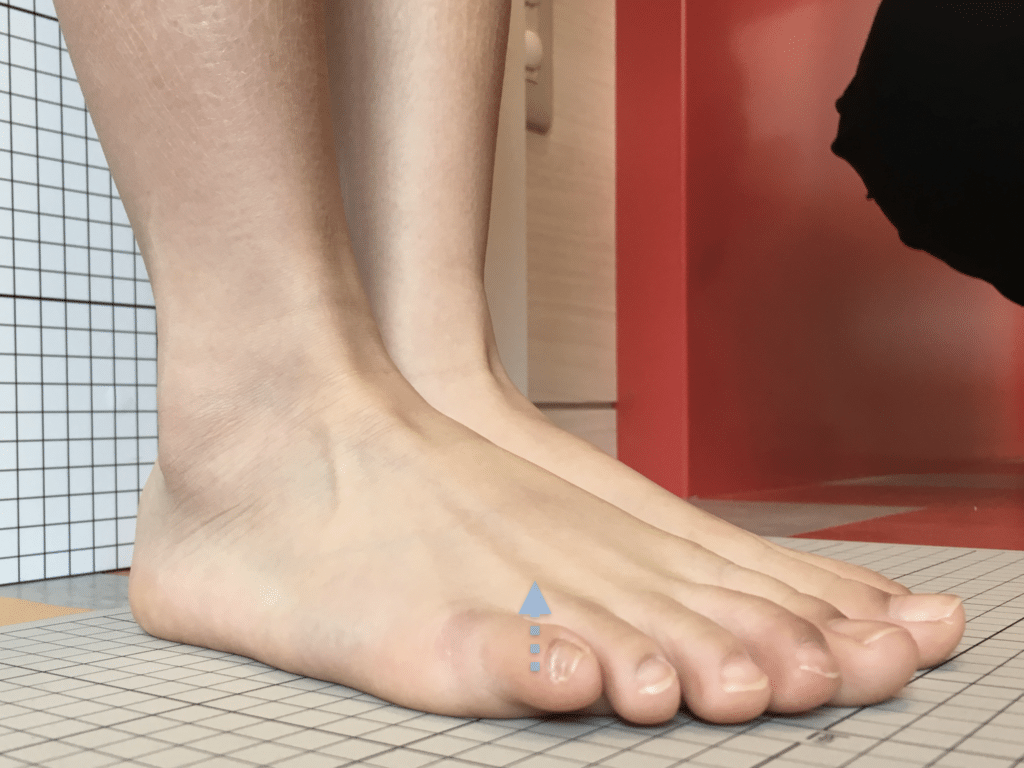
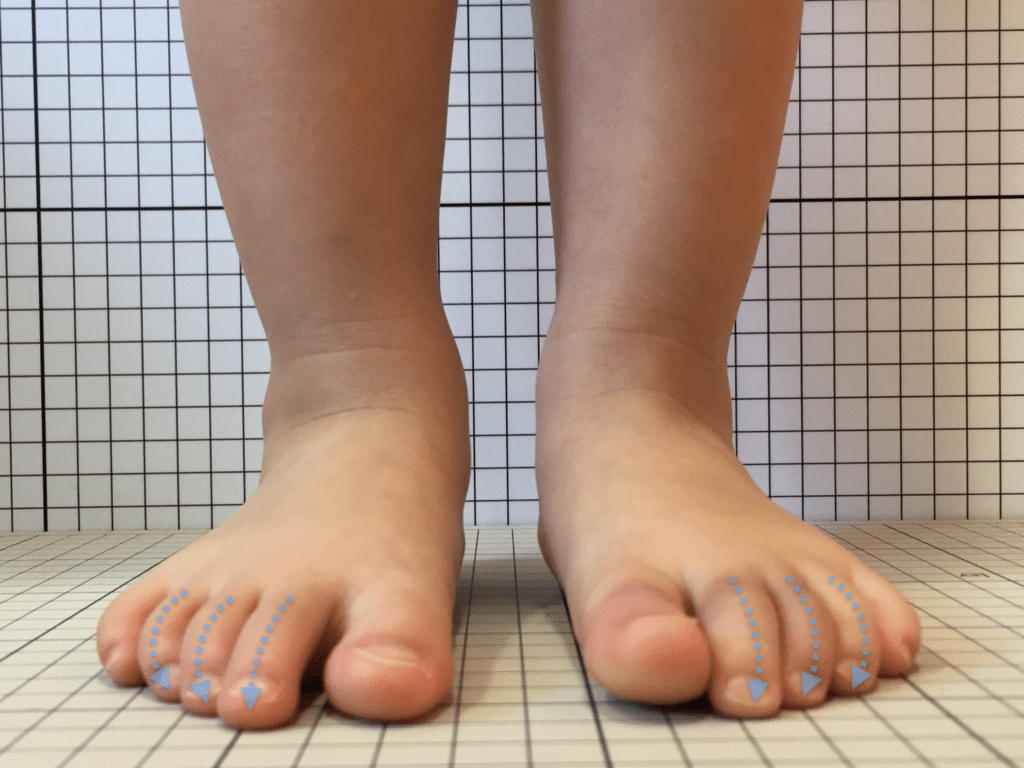
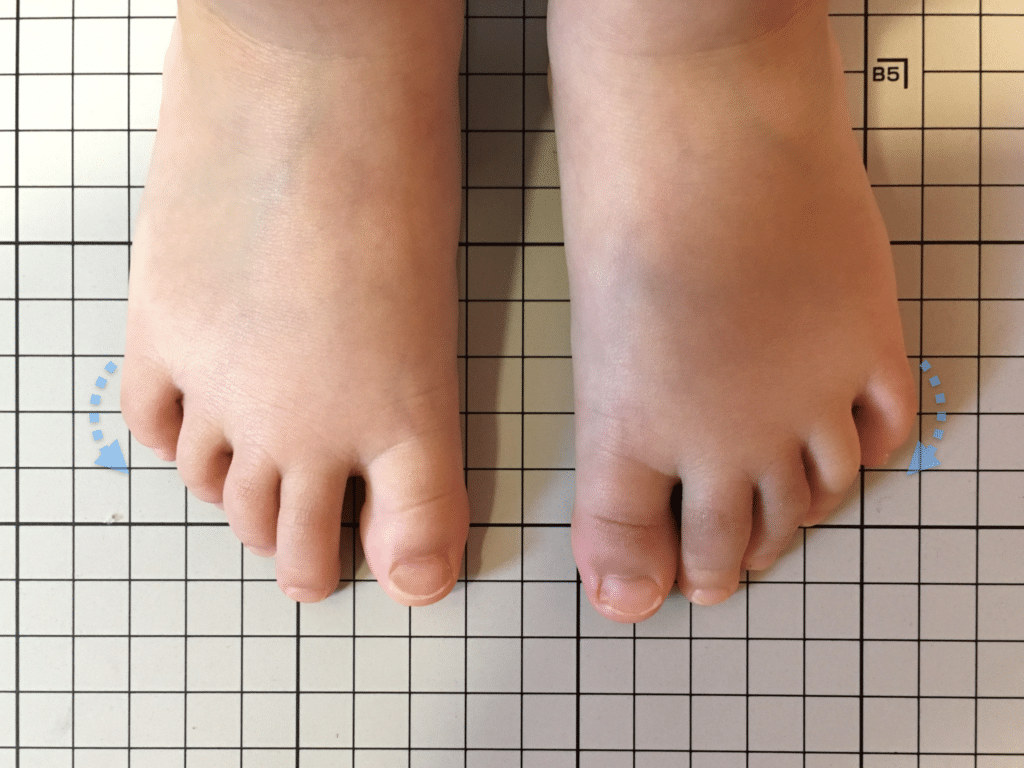
Toe deformities include, for example, big toe (the thumb bends outward) and hammertoe (the second to fourth toes bend at the joint, forming a hammer-like shape).When thumb dysfunction (hallux valgus) occurs, center of gravity is medialTo,When dysfunction of the little toe (hallux valgus) occurs, the center of gravity is outwardMove to the
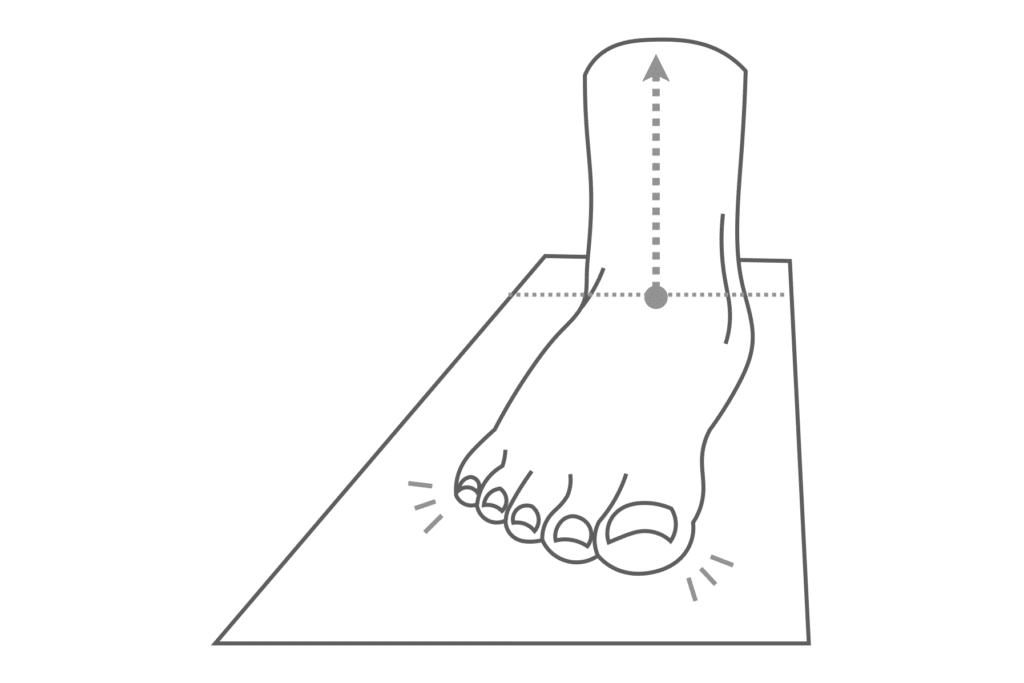
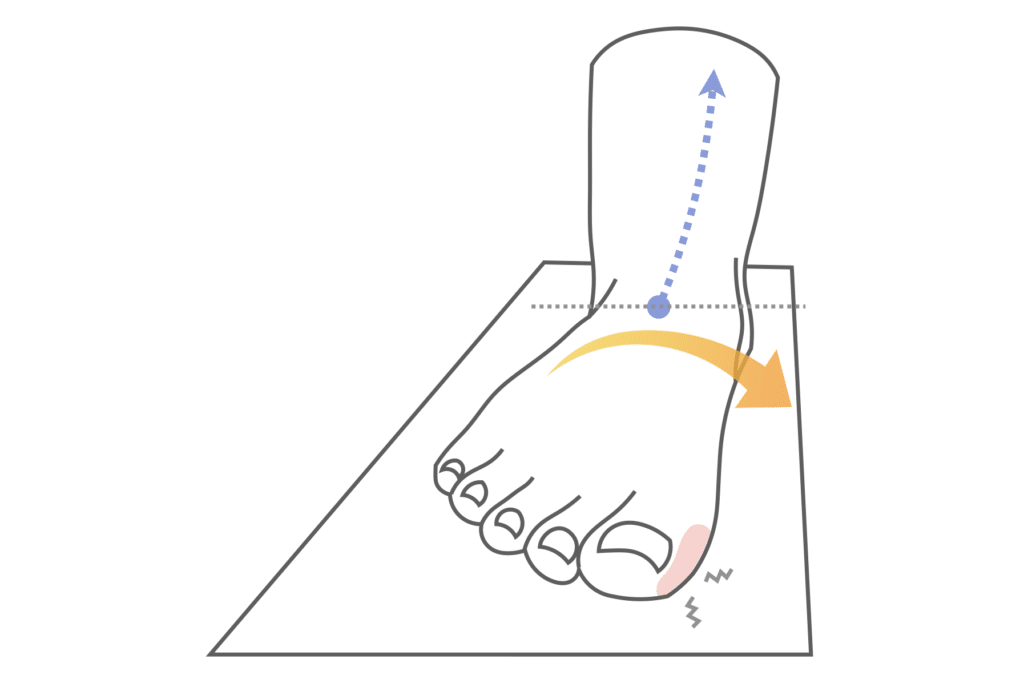
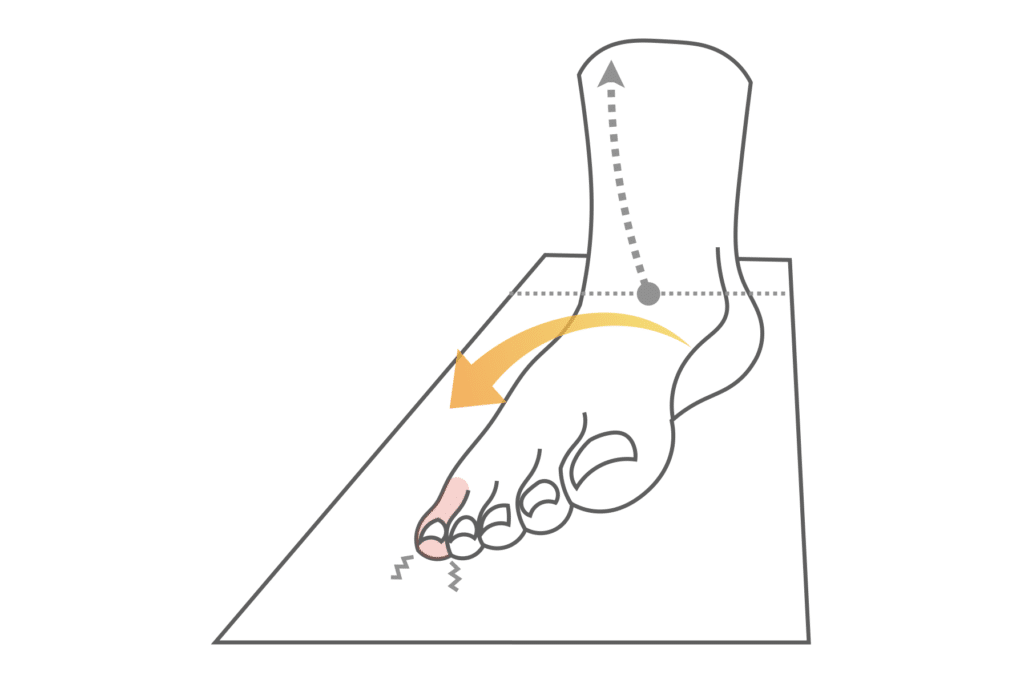
Also,Heel center of gravity when hammertoe (bent toe) or floating toeThe result is the following. These deformities cause the muscles in the foot to lose strength and the arch structure of the entire foot to collapse.
To learn more about toe deformities, please refer to the following links
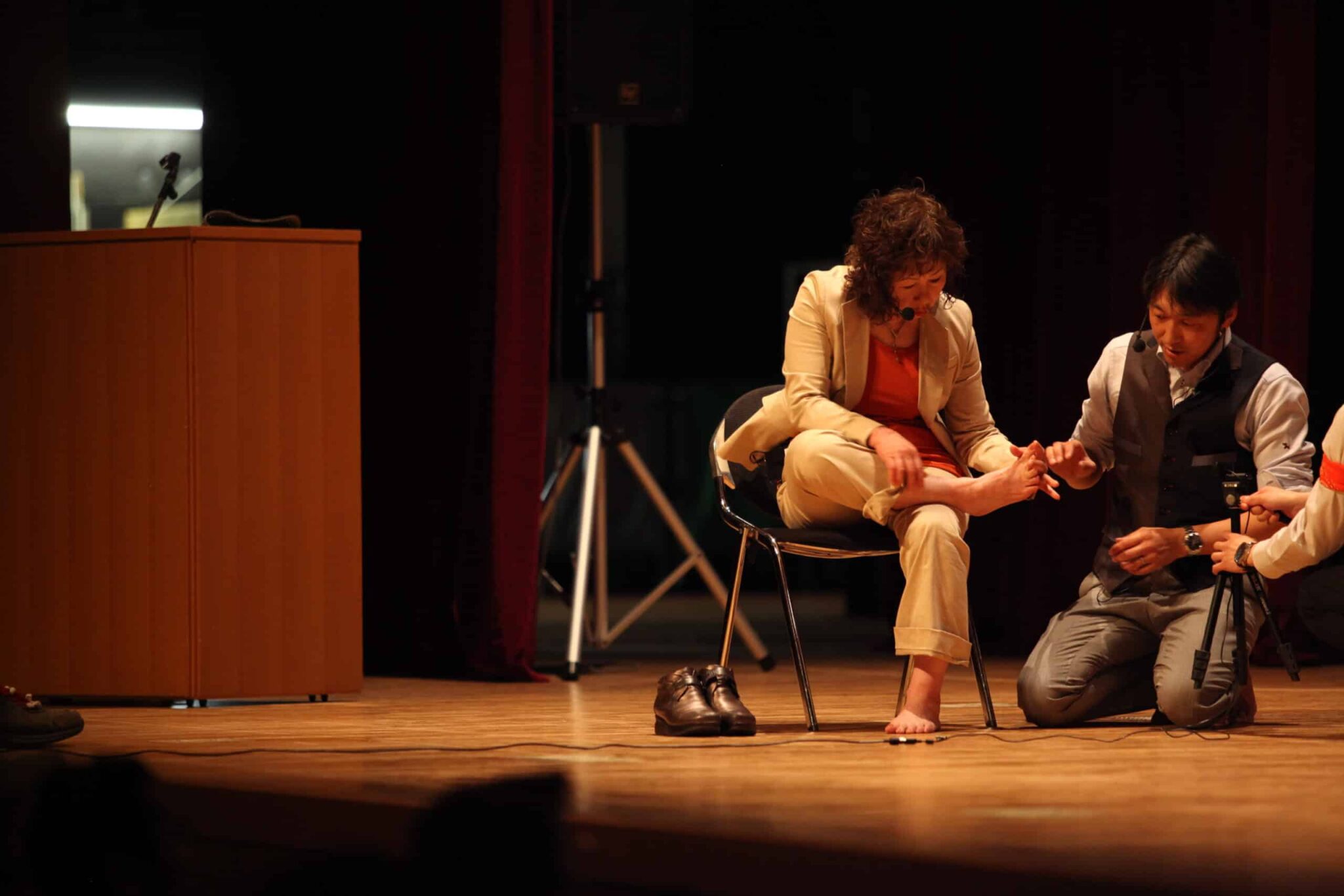
Impact on the pelvis
Postural changes
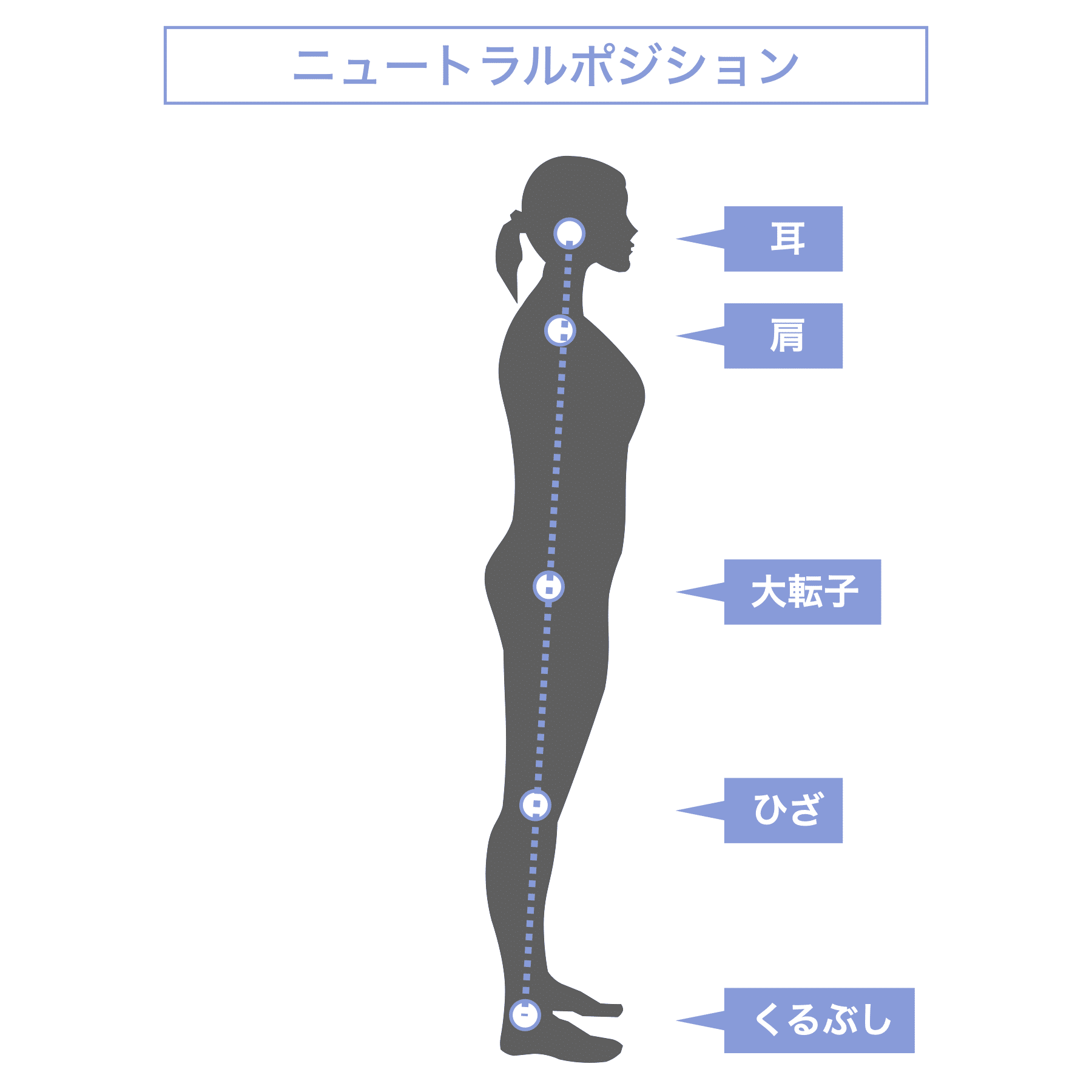
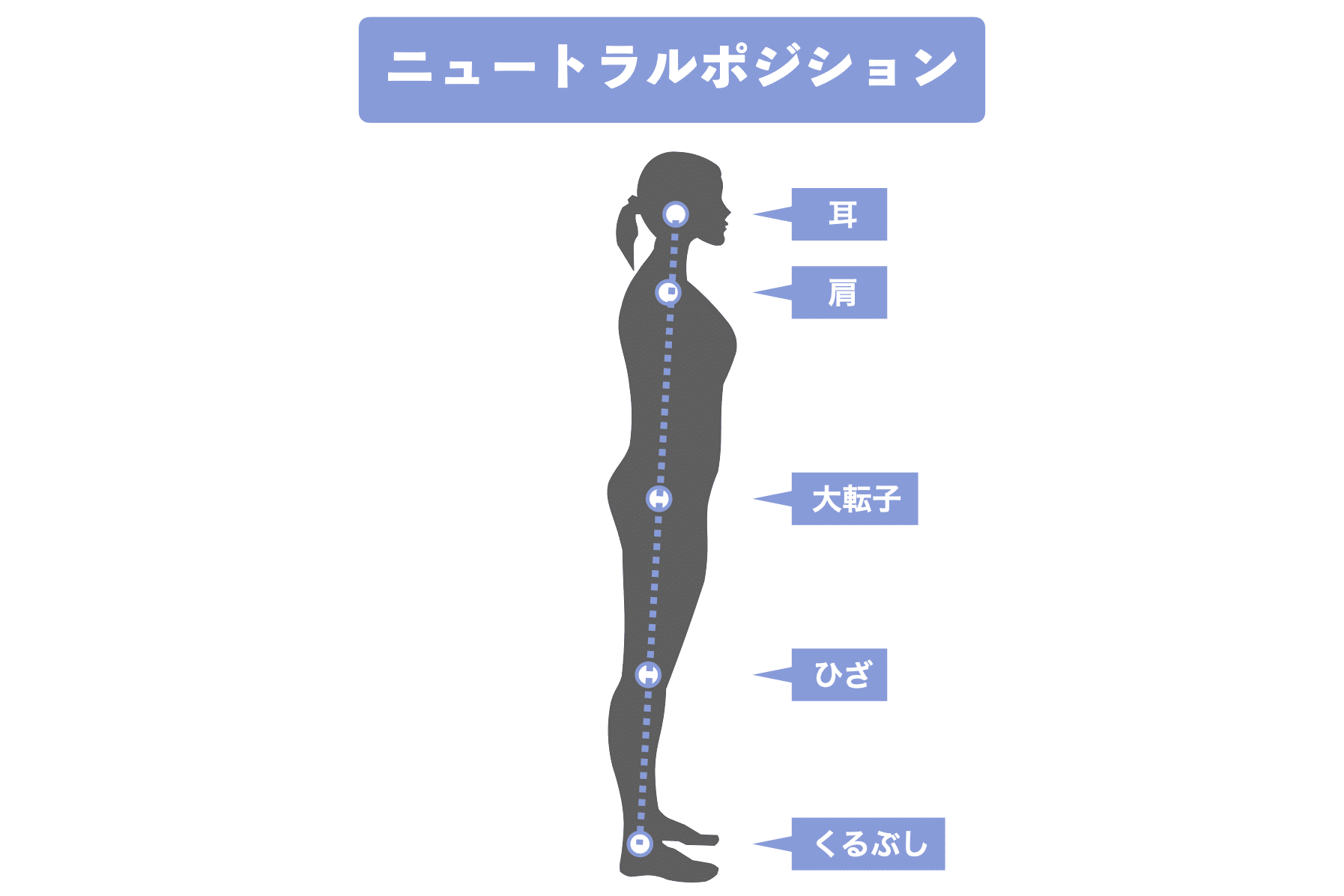
When the toes are deformed and the arch structure of the foot collapses, the distribution of the center of gravity during walking and standing becomes "Heel center of gravity"This changes the body's posture to This affects the body's overall posture. The deformity of the toes causes an uneven load on the plantaris and other muscles, and the pelvis adjusts its position to maintain the body's balance.
In addition, a heel center of gravity leads to either a "hunchback" or a "bowed back," and which posture is determined by whether the "thumb" or the "little finger" is deformed or dysfunctional.
Hallux valgus (thumb dysfunction)
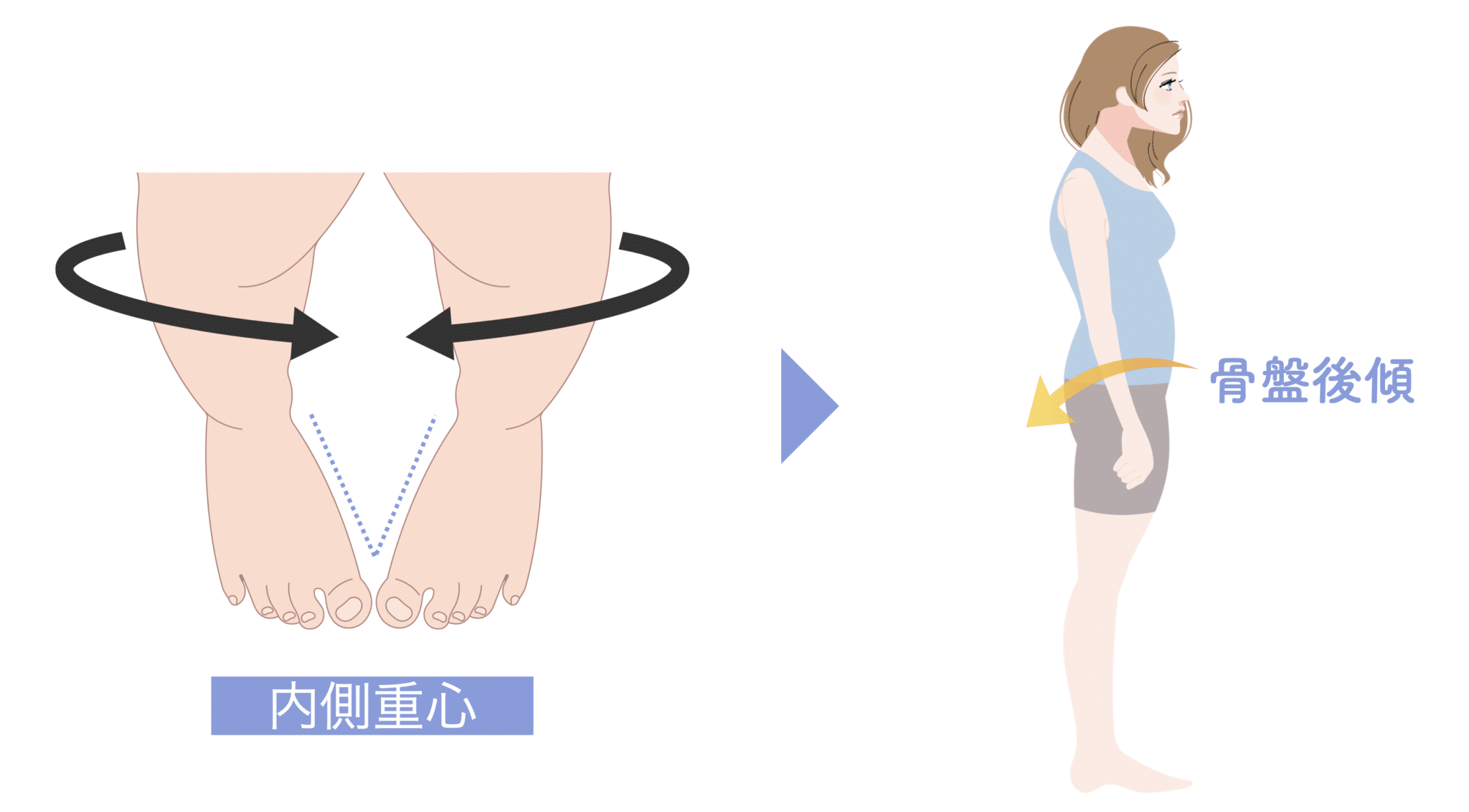
When the thumbs are not used properly, it is easy to become inward-facing (medial center of gravity). Therefore, it is easy to get X-legs,As a result, the pelvis tends to tilt backwardThe following is a list of the most common problems with the
When the knee turns inward due to X-leg, the pelvis tends to tilt forward. This is the result of an attempt to achieve balance through the kinetic chain (foot rotation → external rotation of the knee → internal rotation of the femur → internal rotation of the hip joint → anterior pelvic tilt). As the pelvis tilts forward, the kyphosis (forward curve) of the lumbar vertebrae increases and the patient is more likely to have a warped back.
Hallux valgus (dysfunction of the little toe)
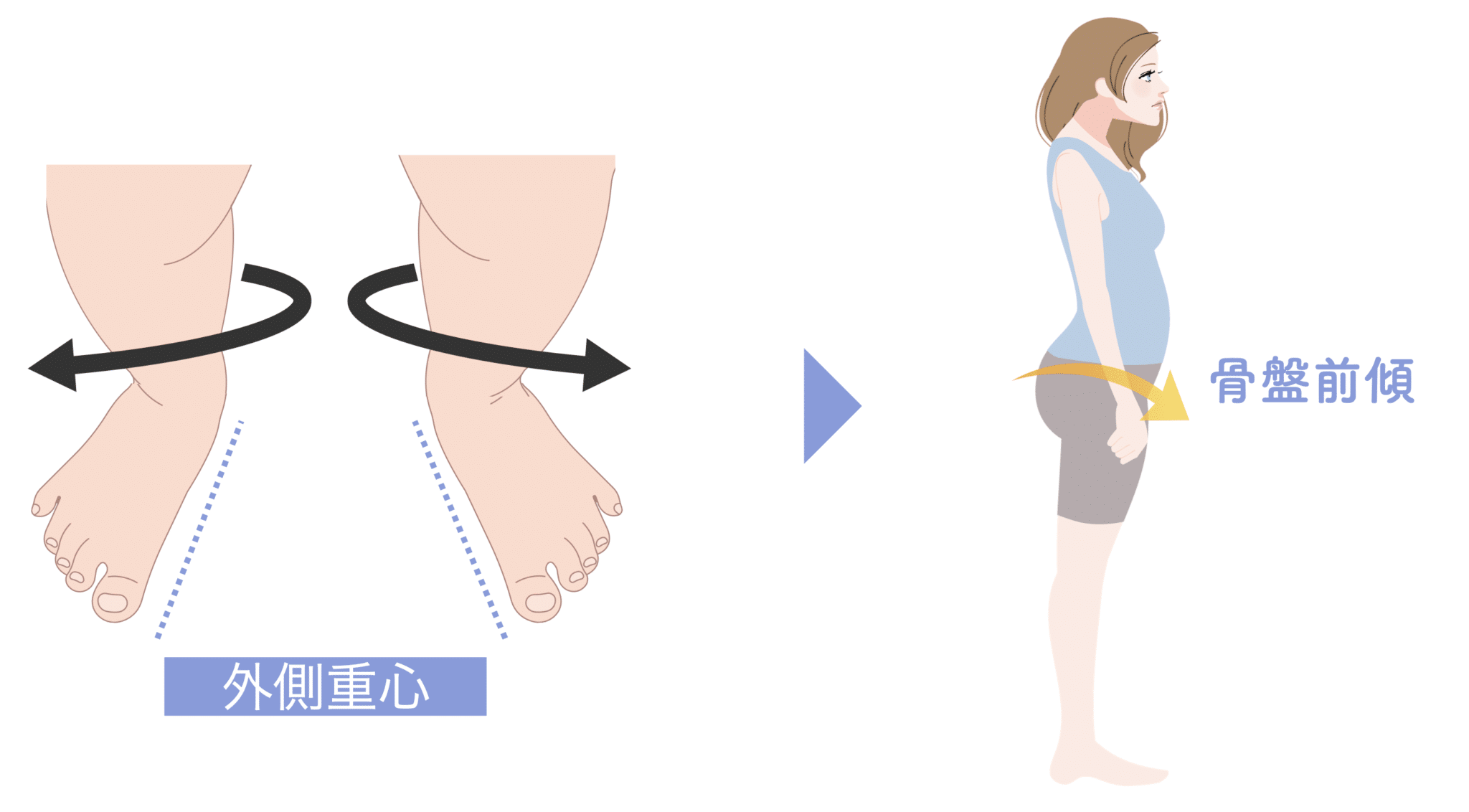
When the thumbs are not used properly, it is easy to become outward-facing (outside center of gravity). Therefore, it is easy to develop O-legs,As a result, the pelvis tends to tilt forwardThe following is a list of the most common problems with the
With O-legs, the pelvis tends to tilt backward to compensate for the outward bias of the knee. This is the result of an attempt to achieve balance through the kinetic chain (foot rotation → internal rotation of the knee → external rotation of the femur → external rotation of the hip joint → backward pelvic tilt). A posteriorly tilted pelvis increases kyphosis (curving backward) of the lumbar vertebrae (spine in the lower back area), which can lead to hunchback.
This is like a mechanism that allows humans to stand at any center of gravity. When the position of the center of gravity changes, the pelvis tries to balance by tilting forward or backward. This is a bit difficult to explain, so I would like to omit it here.
Muscular effects of anterior/posterior pelvic tilt
Length of pelvic floor muscles at ideal pelvis
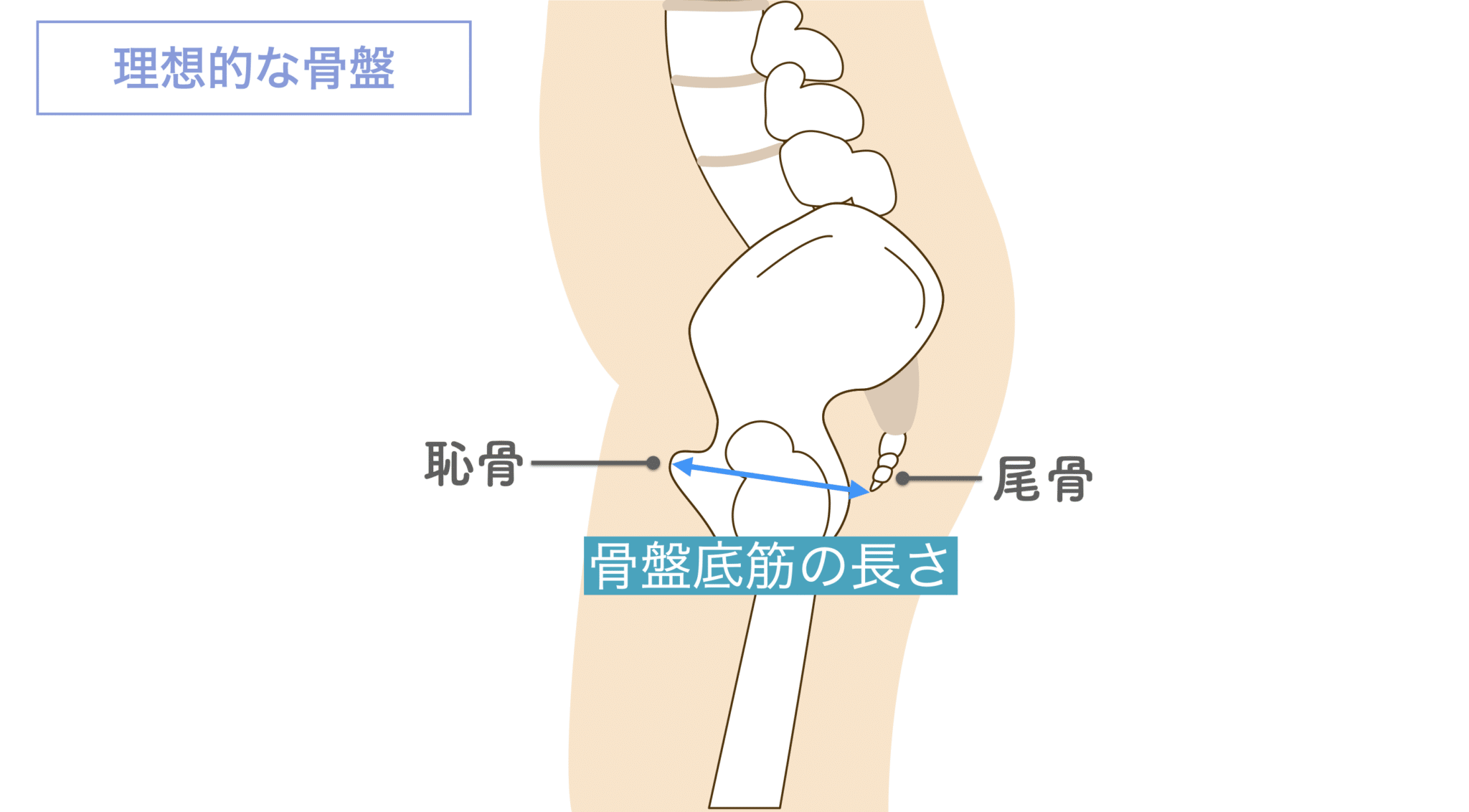
basicallyPelvic floor muscles are kept at the proper length (optimal length). If the muscles are loose or stretched and the pelvic floor muscles do not function (contract) properly, the urethra and bladder cannot be properly supported, and urine leakage is likely to occur.
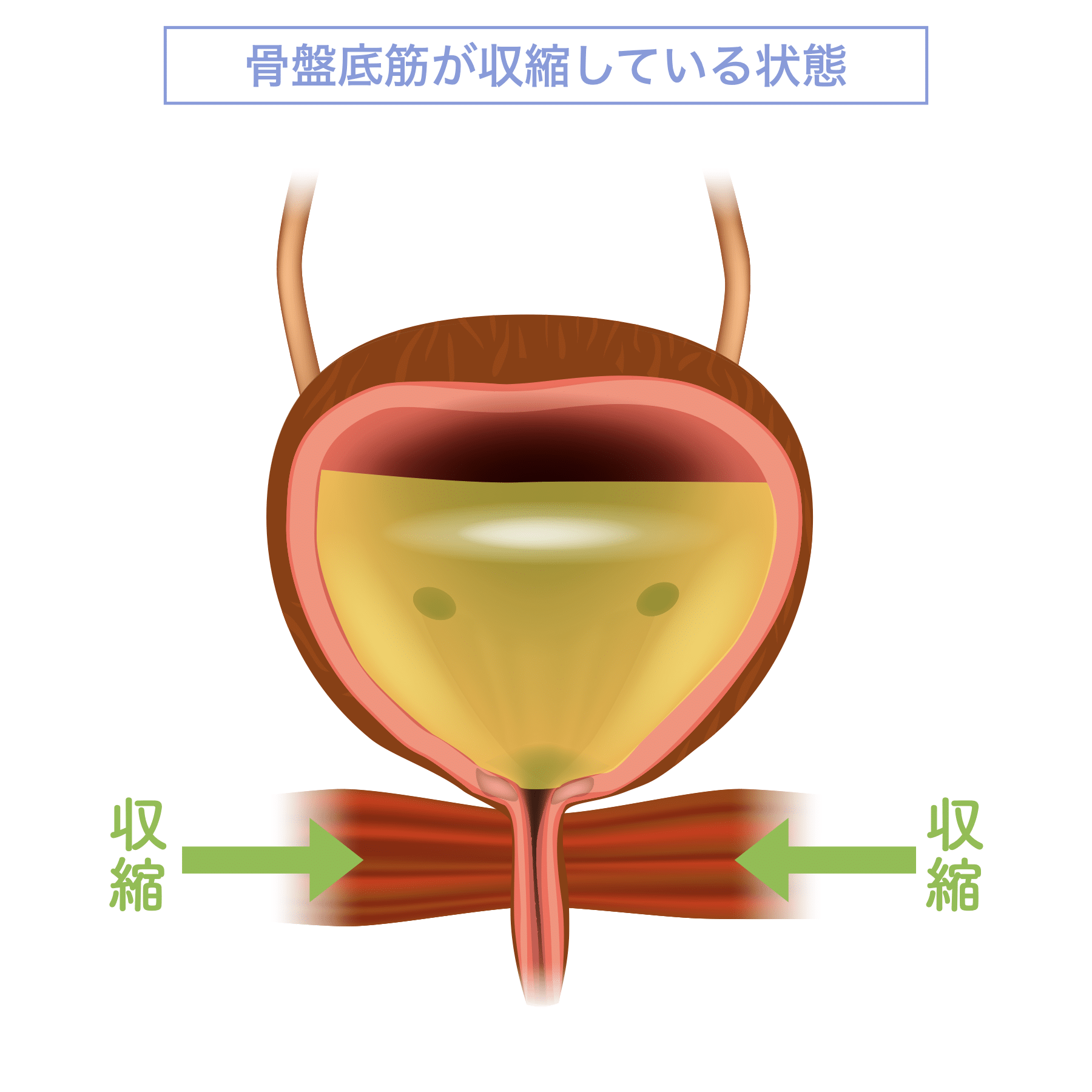
With good posture, the pelvic floor muscles are contracted (contracted) because of the correct pelvic tilt, allowing the urethra to tighten tightly.
Length of pelvic floor muscles in anterior pelvic tilt
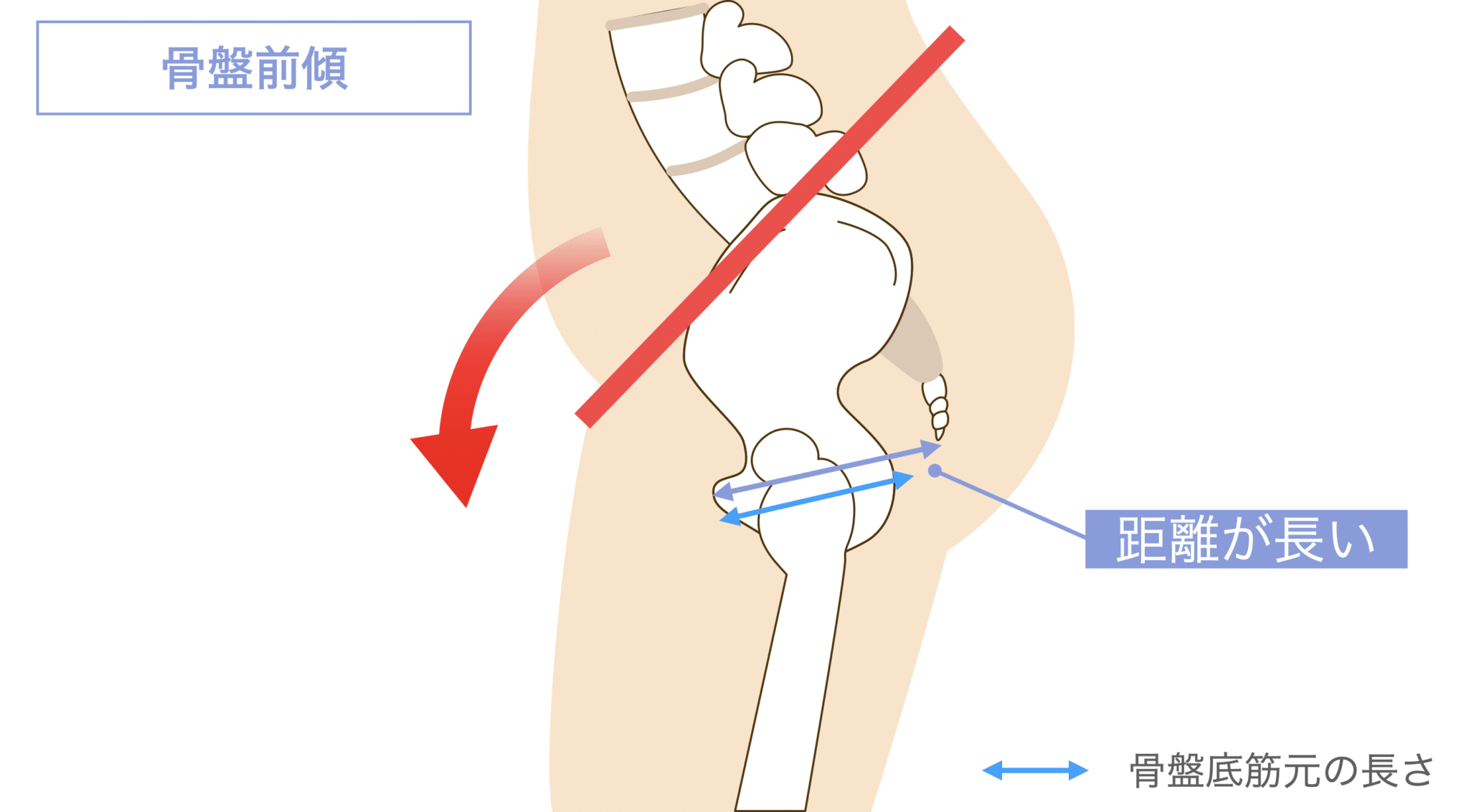
forward inclination (tilt): As the pelvis tilts forward, the spine tries to fall backward, and the tailbone moves slightly backward. This phenomenon causes the distance between the tailbone and the pubic bone to lengthen. This is because the pelvis tilts forward, causing the pubic bone and tailbone to pull apart in a straight line.
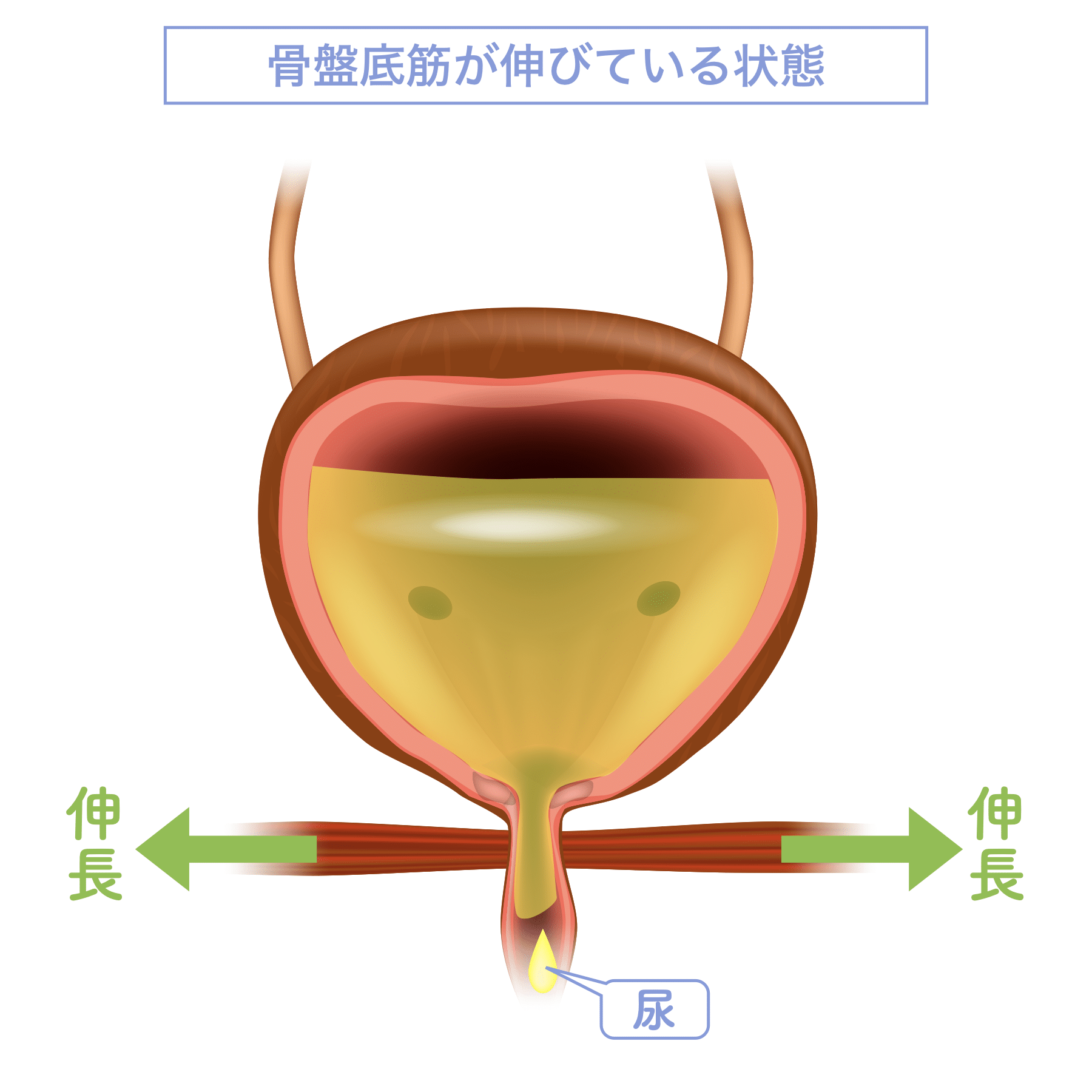
Therefore, it is attached to the pubic bone and tailbone.Pelvic floor muscles are stretchedThe result is the following. When the pelvic floor muscles are stretched, they are less able to contract to tighten the urethra, making it easier to leak urine.
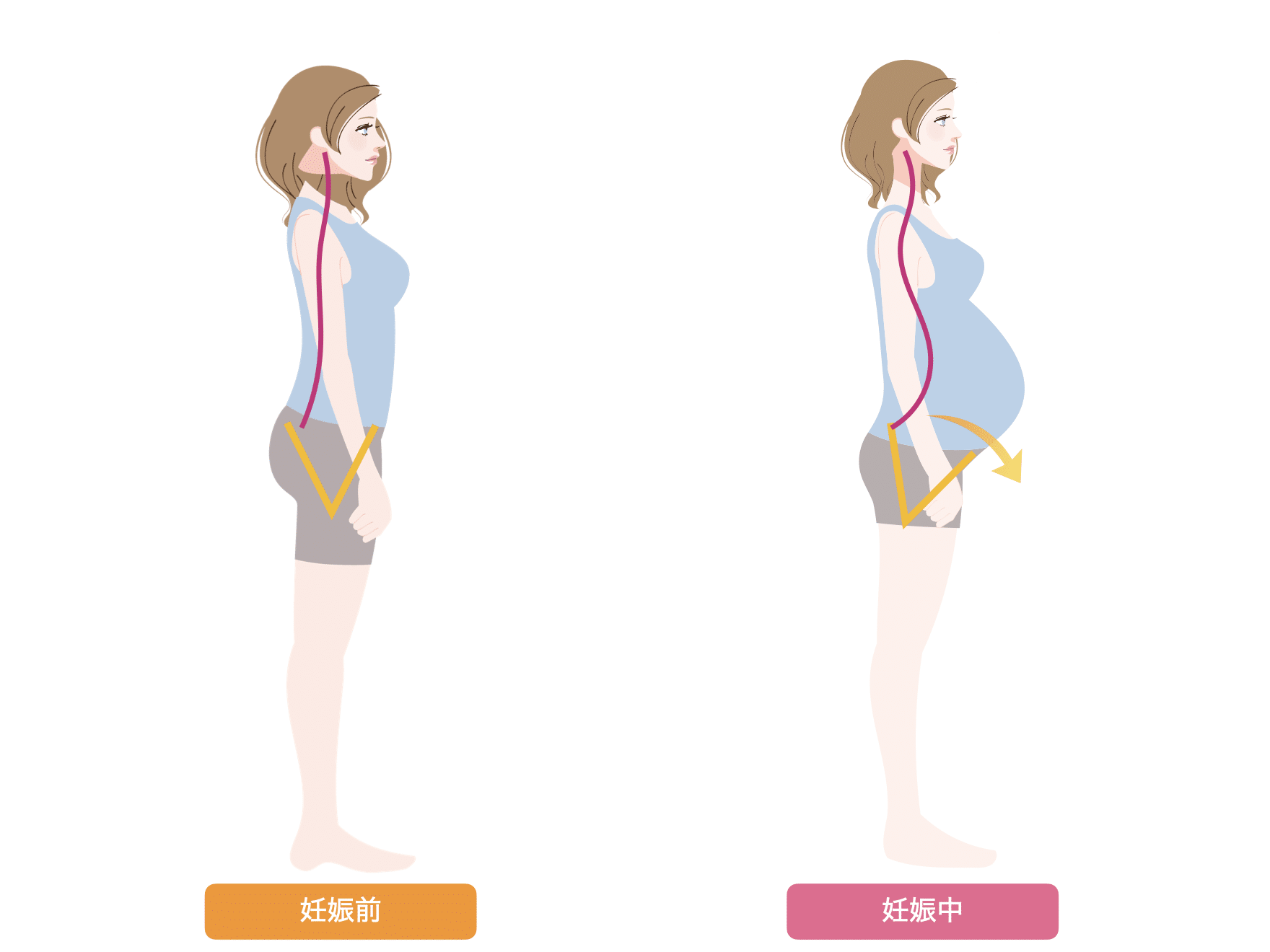
Did you know that there are actually many mothers who suffer from urine leakage during pregnancy or after childbirth? According to one report, one in three postpartum mothers suffer from urine leakage.
During pregnancy and postpartum, the pelvis is tilted forward and, as noted above, the pelvic floor muscles are stretched.
Length of pelvic floor muscles in posterior pelvic tilt
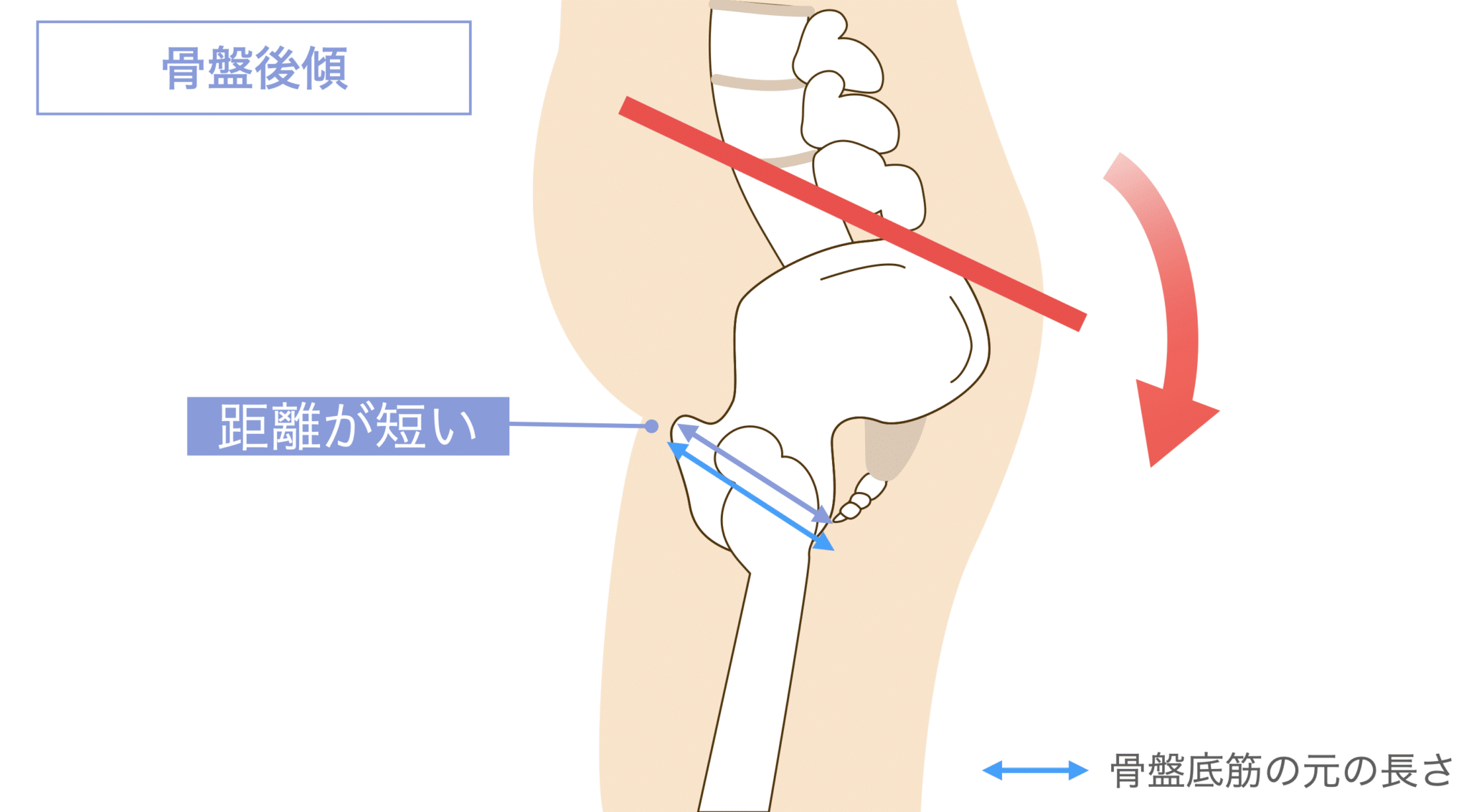
backward lean out: As the pelvis tilts backward, the spine tries to fall forward, which causes the tailbone to move slightly forward. The distance between the tailbone and pubic bone may then become shorter. This phenomenon is due to the backward tilt of the pelvis, which brings the pubic bone and tailbone closer together.
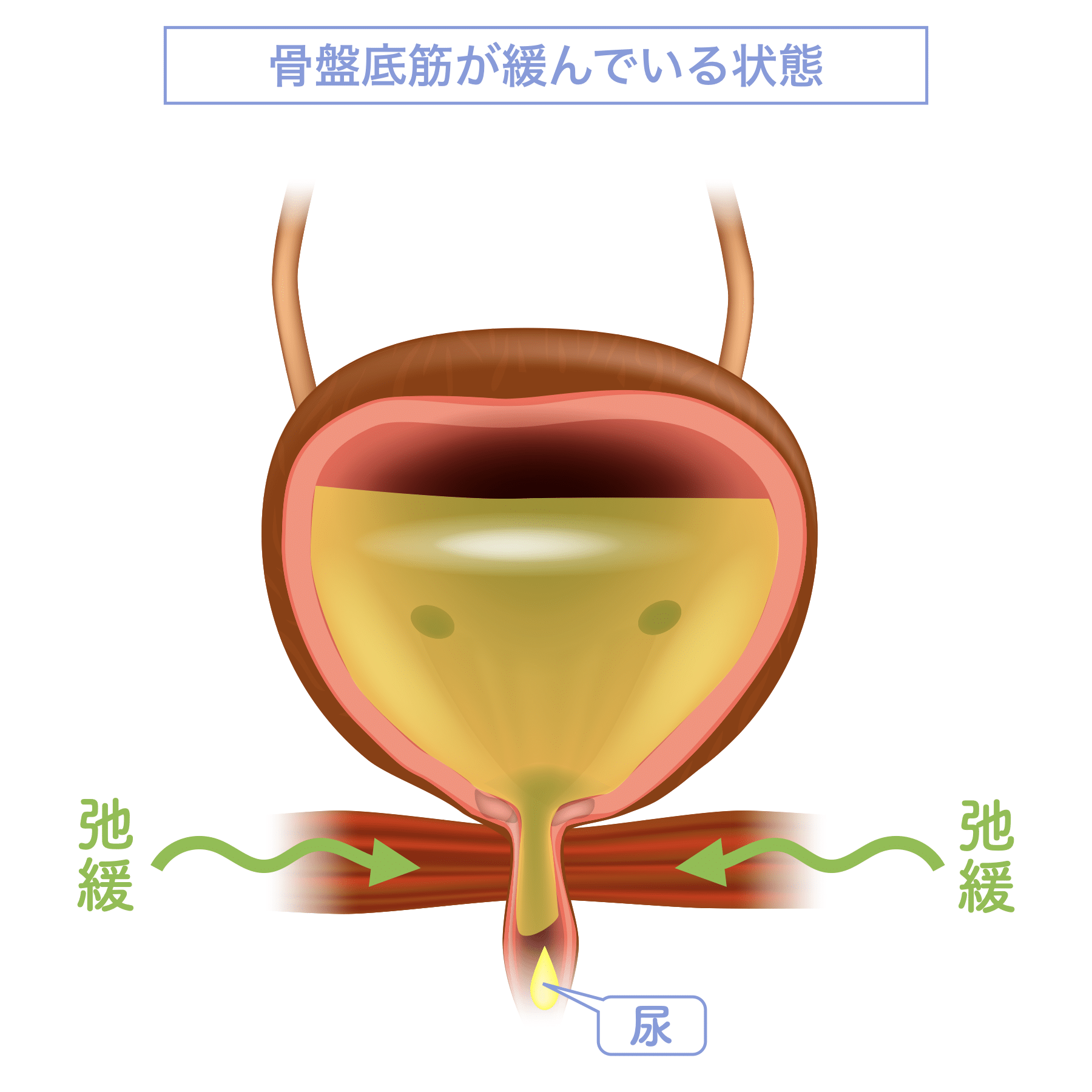
Therefore,Pelvic floor muscles relax (become loose)The pelvic floor muscles are not tightened. When the pelvic floor muscles become loose, the urethra is not tightened even though it is tightened, thus making it easier to leak urine.
Summary so far
Dysfunction of the thumb (big toe)
↓arrow (mark or symbol)
medial gravity
↓arrow (mark or symbol)
pelvic anteversion
↓arrow (mark or symbol)
Pelvic floor muscles are stretched
↓arrow (mark or symbol)
Pelvic floor muscle dysfunction
↓arrow (mark or symbol)
urine leakage
Dysfunction of the little toe (hallux valgus)
↓arrow (mark or symbol)
outer center of gravity (centre)
↓arrow (mark or symbol)
backward pelvic tilt
↓arrow (mark or symbol)
Pelvic floor muscles relax
↓arrow (mark or symbol)
Pelvic floor muscle dysfunction
↓arrow (mark or symbol)
urine leakage
The reason why one does not feel the effects of pelvic floor muscle training despite doing it is that deformed toes cause poor posture and the pelvic floor muscles do not function properly. First, it is important to improve the toe deformity and regain correct posture. By doing so, it will be easier for the pelvic floor muscles to function as they should, and you will find that the training will be more effective.
Hironoba Exercise" for proper function of pelvic floor muscles
The "Hironoba Exercise" is an exercise to improve posture by spreading the toes, thereby balancing the entire foot. This keeps the pelvis in a normal position and improves the function of the pelvic floor muscles.
Hironoba Exercises are effective exercises to prevent toe deformities and improve pelvic posture. The purpose of these exercises is to improve the balance of the whole body and the function of the pelvic floor muscles by spreading the toes. Below are the specific benefits of the Hironoba Exercises and how to practice them.
Effects of Hironoba Exercise
1.Spread toes:
Hironoba exercises restore the arches of the feet to their correct shape by spreading the toes. This prevents toe deformities and supports a natural gait and standing posture.
2.Improved posture:
By spreading the toes, the correct plantar arch is maintained and overall body alignment is improved. This prevents anterior and posterior tilting of the pelvis and maintains the correct position of the pelvis.
3.Muscle balance:
Spreading the toes improves the balance of the plantar, calf, and thigh muscles. This allows the muscles around the pelvis to work evenly and reduces strain on the pelvic floor muscles.
4.Strengthening of pelvic floor muscles:
Proper posture helps the pelvic floor muscles function properly. This allows proper support of the urethra and bladder, leading to prevention of urine leakage.
How to Practice Hironoba Gymnastics
By watching the "Hironoba Exercise" video, you can check the actual movements and perform the exercises with correct form.
Practical considerations
1.take it easy:
It is important to perform Hironoba Exercises without straining. If you feel pain, do not force yourself to continue and perform it again after the pain subsides.
2.Regular practice:
In order for the effects to last, it is important to adopt it as a daily habit. Continuing to do so, even gradually, will make it easier to see results.
3.Correct form:
When exercising, be aware of proper form to effectively stimulate the muscles.
YOSHIRO SOCKS" for proper function of pelvic floor muscles
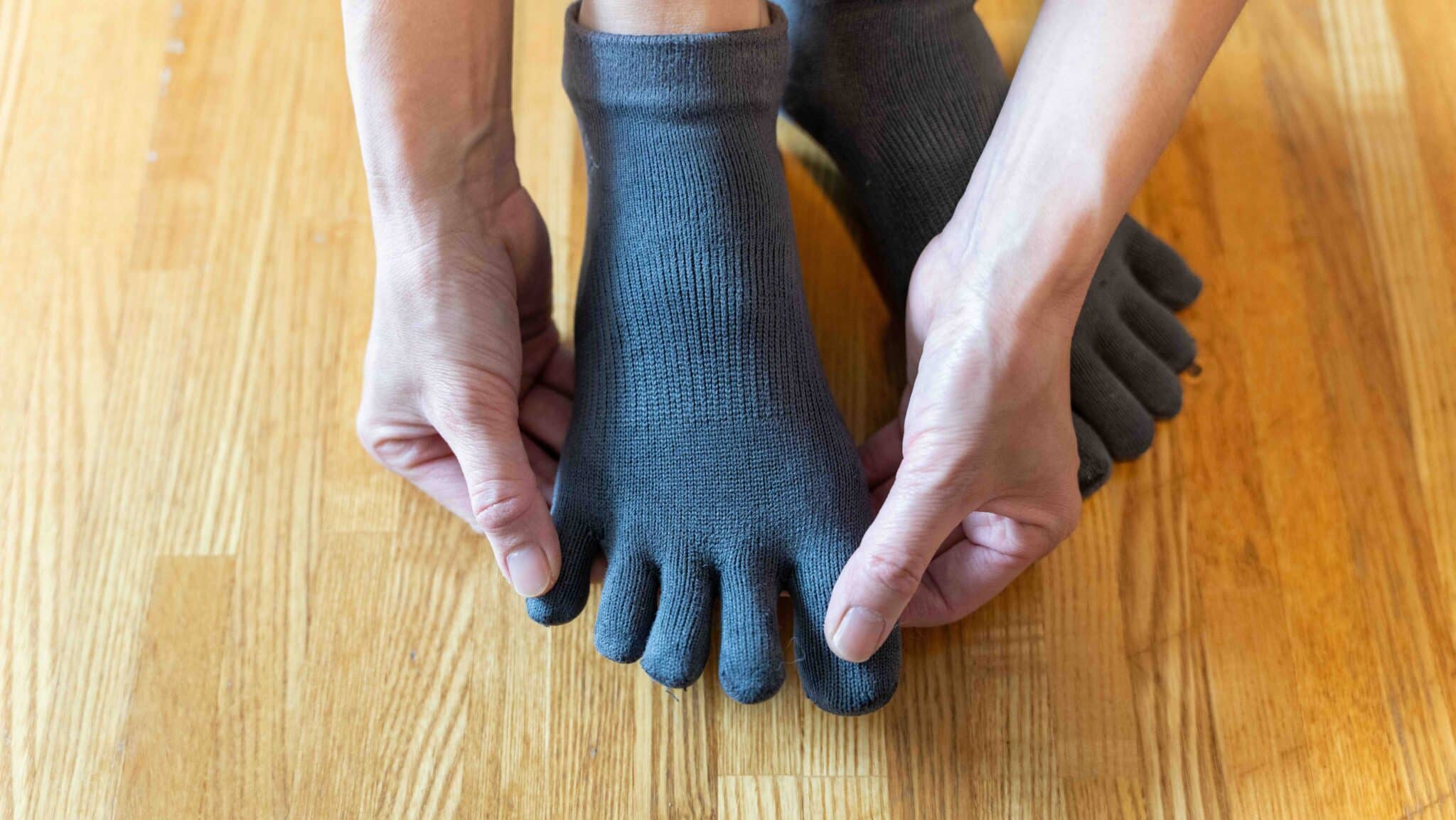
YOSHIRO SOCKS are an effective tool for preventing toe deformities and improving pelvic posture. These socks are specifically designed to spread the toes and keep them in the correct position. Below are some specific benefits of YOSHIRO SOCKS and how they can help improve pelvic posture and prevent urine leakage.
Effect of YOSHIRO SOCKS
1.Correction of toe position:
YOSHIRO SOCKS are designed to individually wrap and spread the toes in their natural shape. This prevents deformation of the toes and supports the arch of the entire foot.
2.Improved posture:
By spreading the toes, the plantar arches are maintained in their correct shape. This improves the alignment of the entire body, starting from the feet, and helps maintain the correct position of the pelvis.
3.Strengthening of plantar muscles:
By using YOSHIRO SOCKS, the plantar muscles are properly used and strengthened. This improves foot stability and overall body balance.
Improving pelvic posture and preventing urine leakage
1.Prevention of anterior and posterior pelvic tilt:
The correction of toe deformities prevents anterior and posterior tilting of the pelvis. This reduces excessive strain on the pelvic floor muscles and decreases the risk of urinary leakage.
2.Strengthening of pelvic floor muscles:
Maintaining proper posture helps the pelvic floor muscles function properly. When the pelvic floor muscles are strengthened, the urethra and bladder can be properly supported, leading to prevention of urine leakage.
3.Improvement of overall body balance:
Improved balance throughout the body, starting from the feet, facilitates smooth movement in daily life and reduces stress on the pelvis and pelvic floor muscles.
usage rules
Daily wear:
Wearing YOSHIRO SOCKS PRO on a daily basis helps maintain toe spread and supports overall foot alignment. It is also effective when standing or walking for long periods of time.
Use during exercise:
Wearing YOSHIRO SOCKS PRO during exercise also promotes strengthening of plantar muscles and correction of toe position, leading to improved exercise performance.
Sleep use:
Wearing YOSHIRO SOCKS SLEEP even while sleeping promotes strengthening of plantar muscles and correction of toe position, which also improves athletic performance.
summary
HIRONOBA EXERCISE and YOSHIRO SOCKS are effective tools for preventing toe deformities and improving overall foot balance. This helps maintain proper pelvic posture and reduces the strain on the pelvic floor muscles, thereby contributing to the prevention of urine leakage. Daily use helps maintain healthy toes and overall body balance.
Understanding the impact of toe deformity on urinary leakage and taking appropriate exercises and daily care can improve symptoms.
A woman in her 50's experienced improvement in urinary leakage

I am a housewife in my 50s. A few years ago, I began to notice urine leakage. I began to leak more and more, especially when I sneezed, laughed, or held something heavy. I had given up on it, thinking it was inevitable because of my age, but gradually its frequency increased and I began to realize that my quality of life was declining.
Encounter with Hironoba Gymnastics
At that time, a friend of mine recommended the Hironoba Exercises to me. She had the same problem, but she said that by continuing this exercise, her urine leakage improved. I immediately decided to give it a try.
At the same time, we also incorporated YOSHIRO SOCKS. These special socks are said to support the arch of the foot and help balance the whole body. When I actually tried them on, I felt my feet were more stable and my posture improved. I felt less tired even after standing for long periods of time, and my daily activities became easier.
effect
About three months after starting Hironoba Exercises, the frequency of urine leakage was noticeably reduced. In particular, leakage when sneezing or laughing has almost completely disappeared. In addition, thanks to YOSHIRO SOCKS, the balance of my entire body, starting from my feet, has improved, and my daily movements have become smoother.
Thanks to this, I am now able to go out with friends and enjoy sports, whereas before I had to refrain from going out because of urine leakage. Mentally, I have regained my confidence and can lead a more active life.
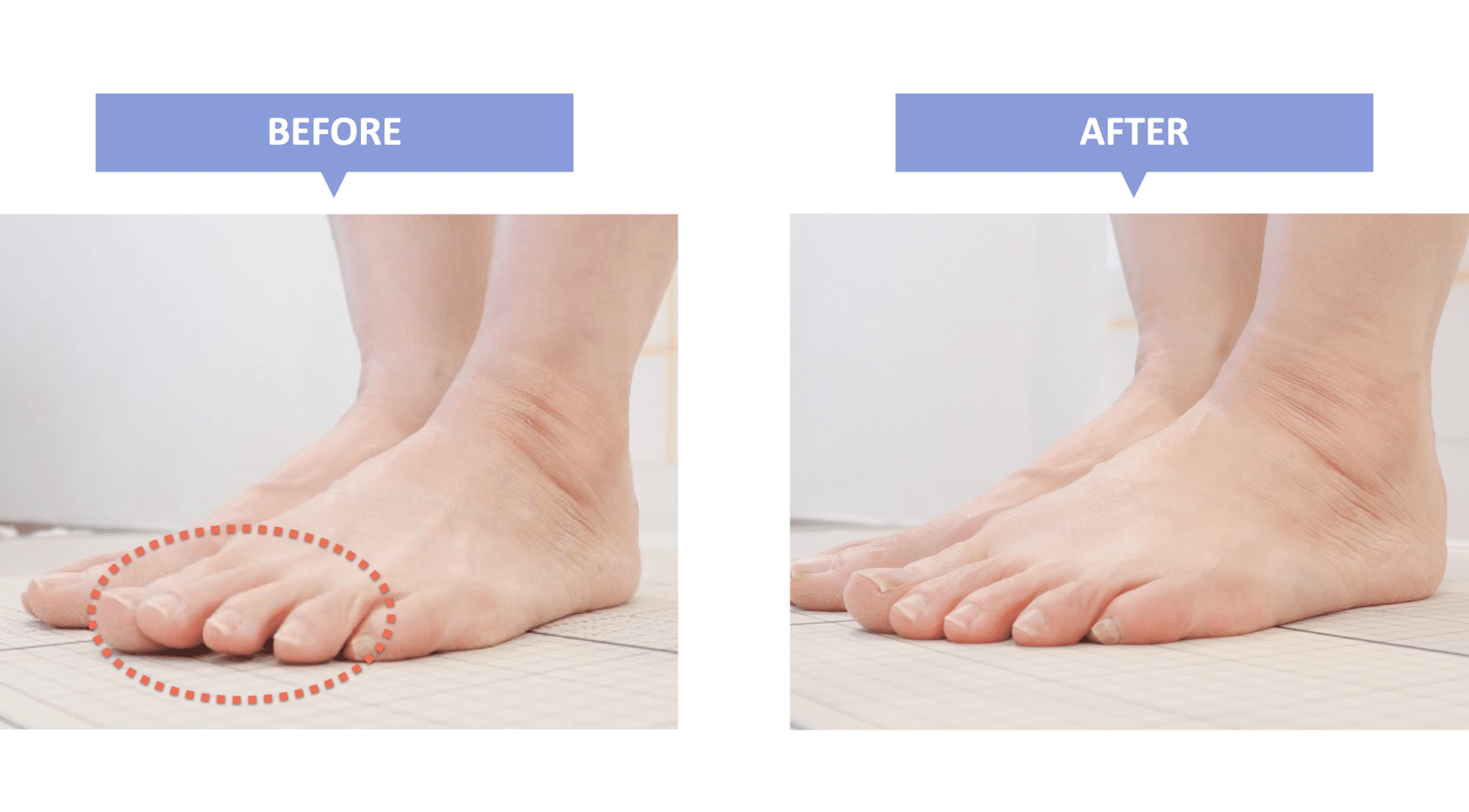
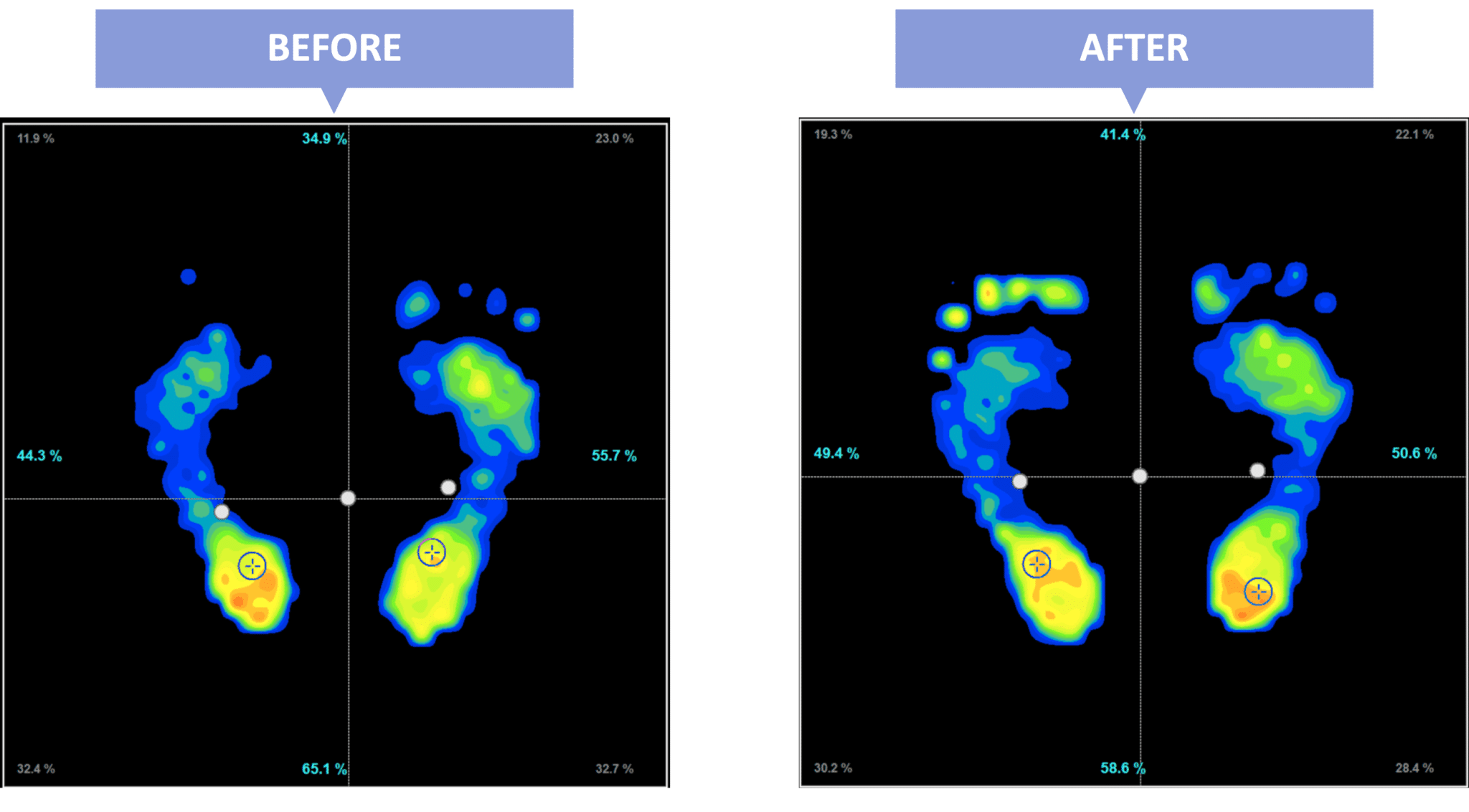
the end
I would like to encourage women in their 50s who are also suffering from urine leakage to try HIRONOBA EXERCISE and YOSHIRO SOCKS. While these are easy methods to start with, the effects are very significant. I believe that these efforts will help improve the quality of your lives.

